Last year, I tested the Leica SL3-S and wrote about it when it was released in January. One of the burning questions about this camera was whether the autofocus was dramatically improved with the addition of Phase Detect sensor points, which the SL2-S did not have and which the SL3 has, but far fewer (the SL3 has 315 AF points, the SL3-S has 779 AF points).
I had spent my testing time taking pictures of our puppy charging about the fields, and this had proved challenging — very fast changes in direction (very fast!).
During my testing of the SL3, I investigated some faster stacked sensor cameras, including the Sony A1 and the Olympus OM-1 Mk II (which I still own). I talked about this in my review of the camera.
Just before I was due to send back the SL3-S to Leica in February, and after having written my article, I was asked to do the snaps for a stage play in Walberswick in Suffolk, England. This went much better than I expected, and I wrote a brief addendum to the article when it was published in the Leica International Society’s Viewfinder magazine in the Spring.
This experience rather percolated in my slow old brain. Then, in June, Leica announced the 28-70 f/2.8 Vario Elmarit (which I hadn’t tested) and a good package deal with the SL3-S. I had a few events lined up for the summer, so I bought the kit — it really is rather a good deal.
This article is the result of the last three months shooting of very diverse events with the SL3-S (and, often, with the lovely little 28-70 f/2.8 zoom).
The Real Inspector Hound
As is usual for shooting drama, I was asked to take the photographs at one of the dress rehearsals. I turned up with a bag of different lenses, expecting to shoot with the Vario Elmarit 24-70 and 70-200. I had a feeling that, although I prefer the original L-Mount zooms (the 24-90 and the 90-280), they wouldn’t focus fast enough.
As it turned out, the lighting wasn’t working properly, so it was pretty dark. On a whim, I thought I would just prove to myself that the 90-280 wasn’t going to focus fast enough for this kind of job.
I set the camera on spot metering with Auto ISO and eye body detection. As it was really dark, I set the aperture to f/4 and the shutter speed to 1/200s, which, I hoped, was safe with the in-body IS. With the SL cameras, I really miss being able to set the maximum shutter time as a function of the focal length (as you can with the Leica M11 cameras)
It became increasingly clear that the 90-280 was nailing the focus pretty well, despite the difficult lighting conditions — so I stuck with it
The Denouement
When I got home and started to process the images, I got a real surprise (I had taken around 400 with the SL3-S and a few with the M11). The focus hit rate with the SL3-S was better than 90%, despite the poor lighting.
This was just a couple of weeks after I had published my initial review, and it put a much better light on the camera for this type of event.
The Leica 100 year celebration
It was a real privilege to be invited to the celebration of the 100 years since the Leica I went into production. It was at various venues in Wetzlar. So, rather than just enjoying myself, I thought it would be good to make a record of it. This, as it turned out, was to be my second event with the Leica SL3-S.
If you would like to see the results, I wrote about it here.
Of course, in this case, the lighting situation was changing all the time. I decided to really put the 28-70 through its paces, and used it for the whole two days.
Camera settings changed, but generally speaking, I was using Aperture Priority, with Auto ISO, Daylight white balance outside and Auto White balance indoors.
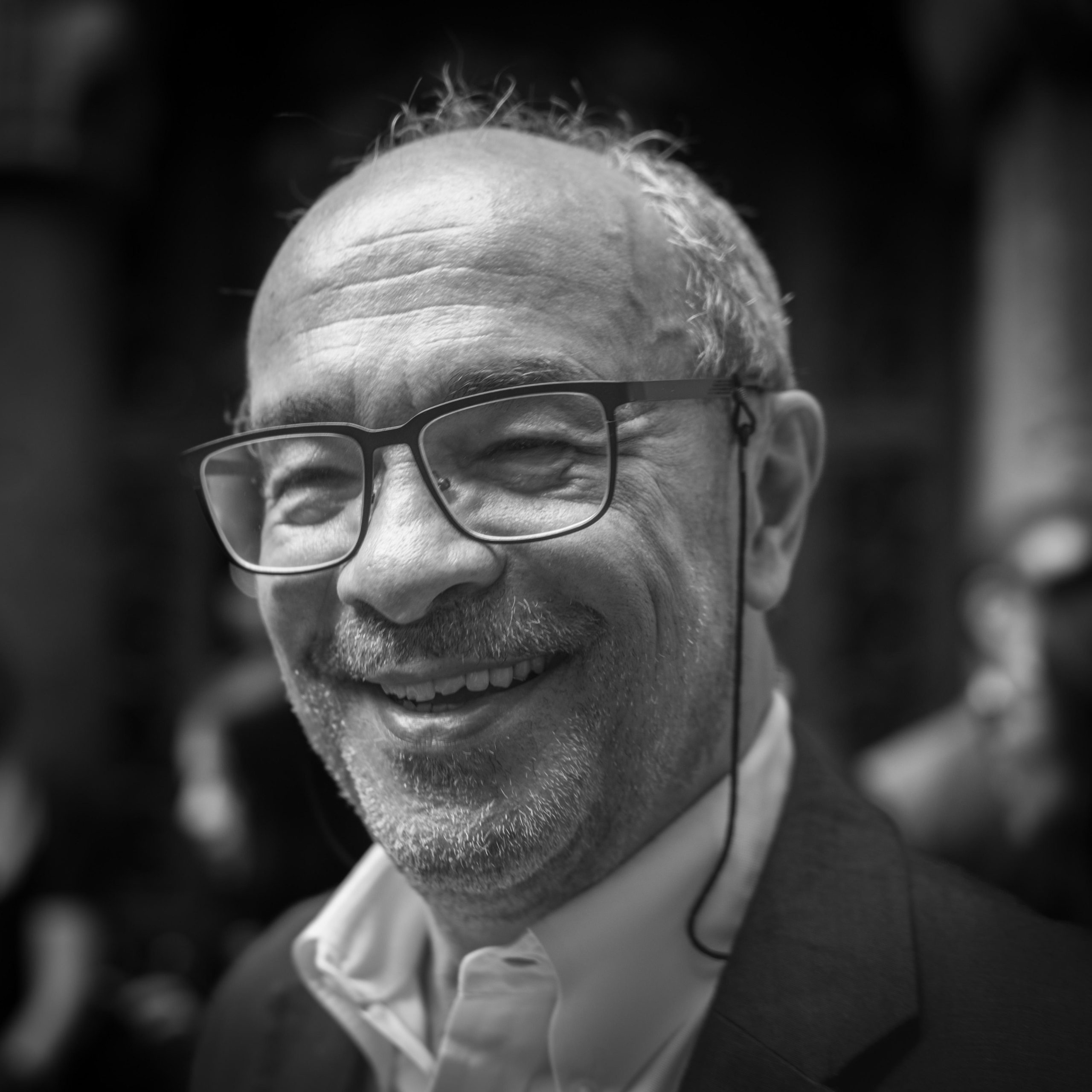
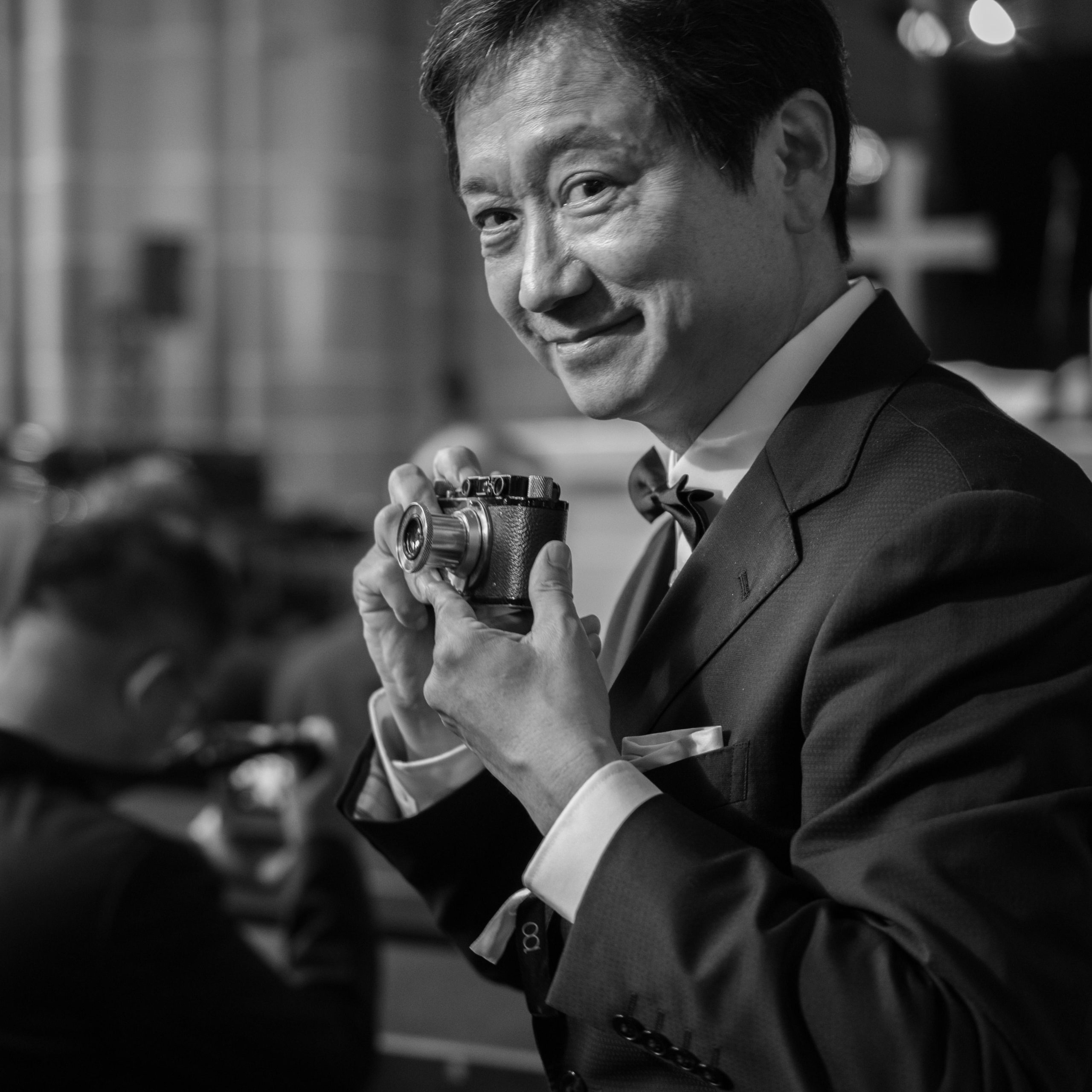
The combination of the Leica SL3-S and the 28-70 f/2.8 Vario Elmarit Asph did an outstanding job here. I took more than 500 photographs over the three days, with an excellent hit rate. Certainly, the autofocus never let me down, and the high-ISO characteristics of the camera meant that at no point did I need to do any noise reduction in post-processing.
Definitely a hit!
The Pink Ladies Tractor Road Run
This is my biggest job of the year. Emma likens it to shooting a wedding with 200 brides.
I wrote about it at length a couple of years ago.
Before the start of the run, everyone is extremely excited (and so am I). It’s mixed emotions as many of the ladies are cancer survivors and almost all of them have close friends or relatives who have become victims.
There is an incredible spectrum of women, all united by the experience. It’s no mean feat driving a vintage tractor 25 miles, lots of it off-road on (sometimes muddy) tracks, sometimes (like this year) in pouring rain.
This is at the Brockdish Water Splash — this year it was dry when the first ladies came through, and it started to rain. Forty minutes later and there was nearly a foot of water, some drivers really went for it…
The idea is to get a good shot of every one of the 200 ladies at four different locations — they go past at 10 mph or so, and the 200 tractors pass in about 40 minutes. So that’s about 12 seconds per tractor. Lots of concentration required.
In 2024, I used an Olympus OM-1 Mk II for the Tractor Road Run, as I had a problem with my SL3 at the time. The OM performed really well, the face detection and incredible autofocus with its stacked sensor did a fantastic job.
This year, the SL3-S with the 28-70 did an equally good job. Once again, I mostly used face-detect focusing. I tried various exposure methods, but ultimately, I mostly set the aperture and shutter speed manually and allowed the auto ISO to get the exposure correct.
This worked well, especially with the light changing so fast and so dramatically, to the extent that the ISO varied between 64 ISO and 16,000! But still, noise was not a problem (I don’t think I would have done so well with the Olympus for the shots when it was very dark)
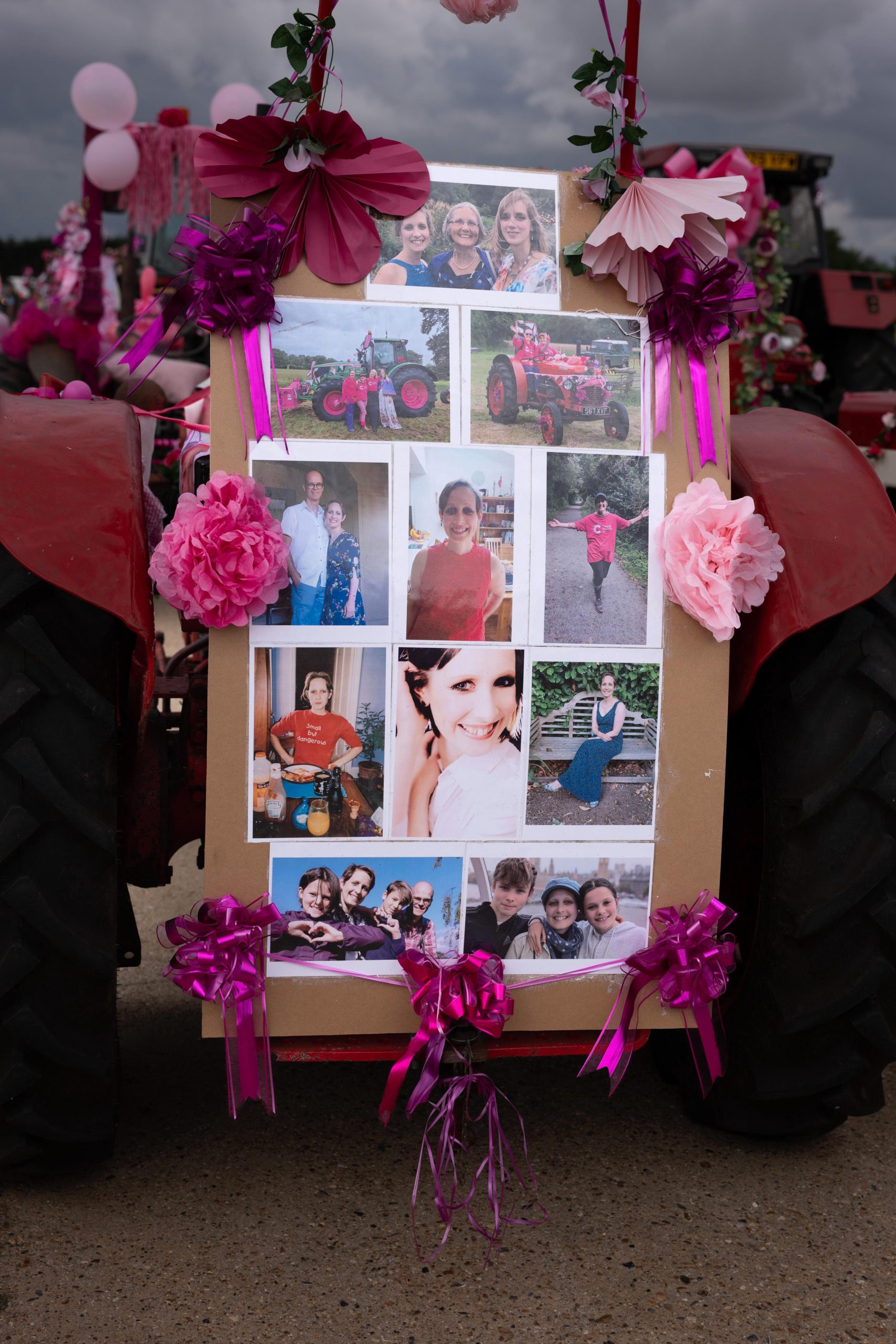
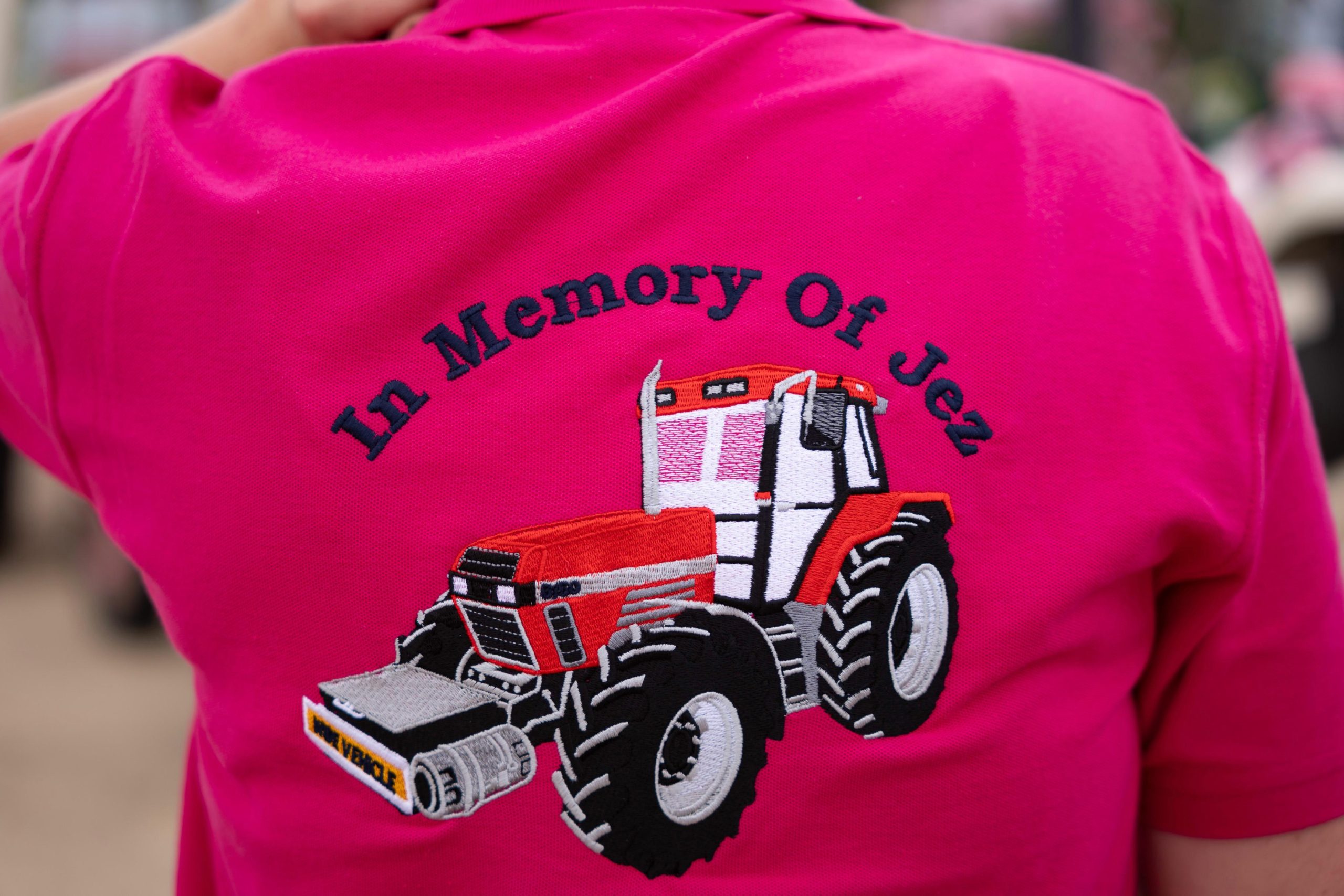
The Pyrenean Sheepdog Show
We have had Pyrenean sheepdogs for getting on for 20 years now (Uny is our current bitch — you may have seen pictures). Every year there is a breed show — the dogs are very zippy, and it’s a challenge keeping up with them at the best of times.
I used the SL3-S with the 28-70 and the 70-200 f/2.8 Vario Elmarit Asph for the show. The animal-detect mode worked very well. Uny won third prize in the post-graduate bitch class, and a second in the best trick event (jumping into my arms).
Extravaganza at Coltsfoot Barn
This is a favourite gig of mine — I’ve been recording the fantastic musical parties there for about 20 years. There are always wonderful musicians, but also a lot of family fun. It’s the sort of gig that you would pay to photograph.
But the lighting, although lovely, is not bright, so these pictures are up to 50,000 ISO. I haven’t applied any noise reduction (although I might be guilty of cropping and the electronic equivalent of dodging and burning).
This year, Johnny Johnson (a long-time regular) opened the bill with a storming blues set. It was still light, and the band was playing in front of a window, making the exposure tricky.
After the interval, Dai and the Ramblers played a wide range of jazz blues and Cajun music with guitar, violin, and accordion. By this time, it was dark outside and nailing the exposure was easy, but the light was very low. Still, focusing with the 28-70 was quick and efficient.
The accordion player was Al Dunn, a long-standing member of the Boomtown Rats and session musician for many artists. He was magical to watch, and as you can see, a dream to photograph.
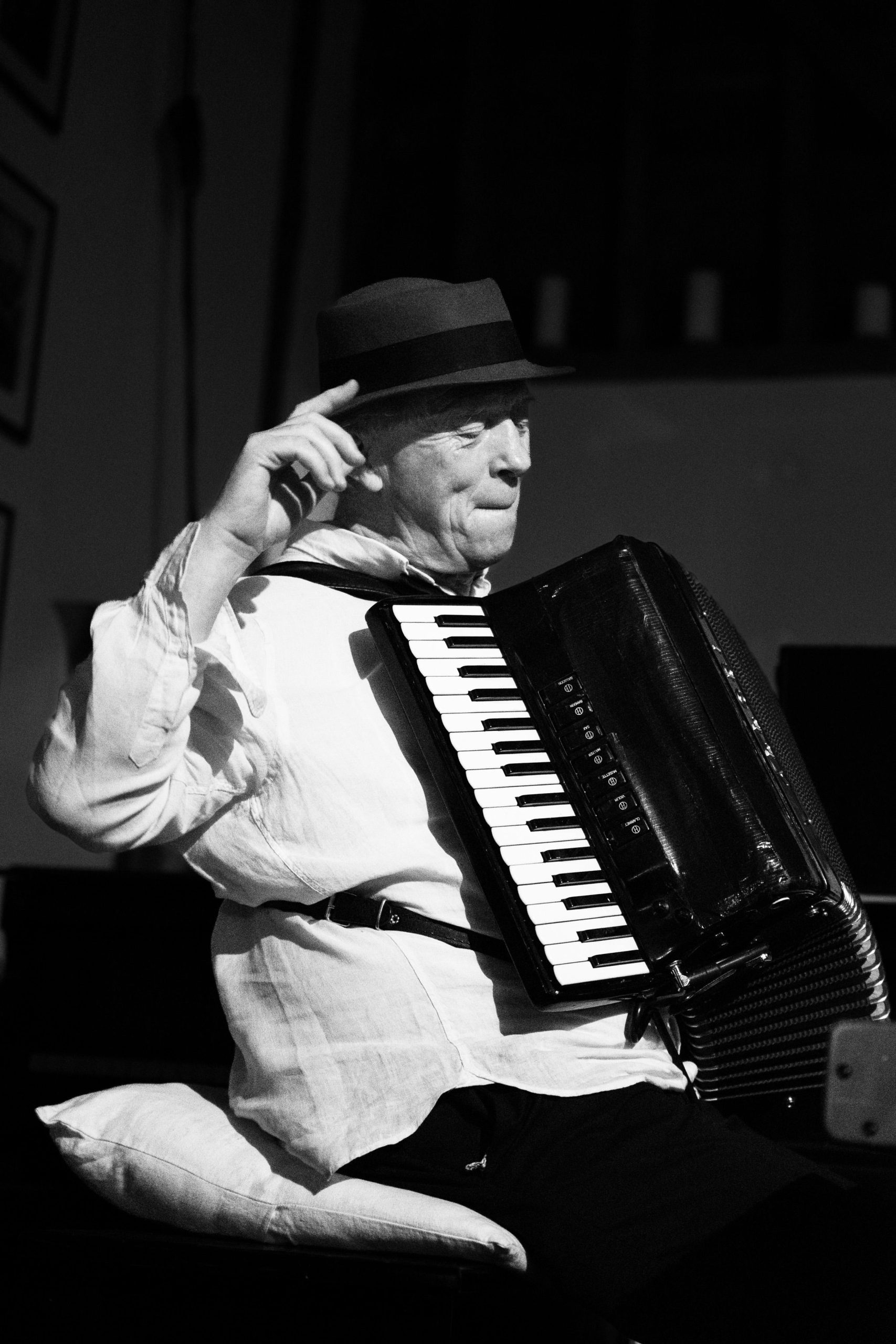
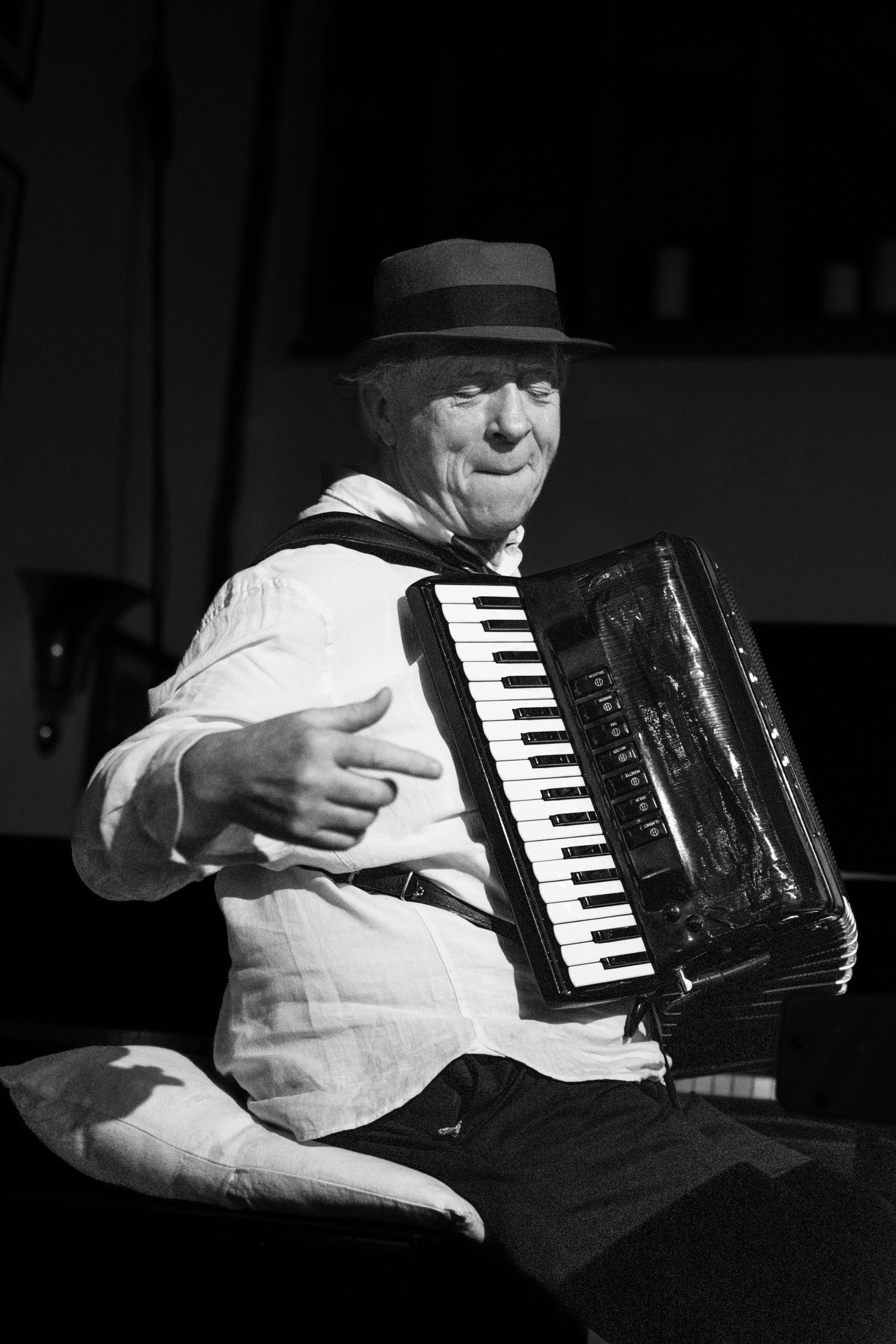
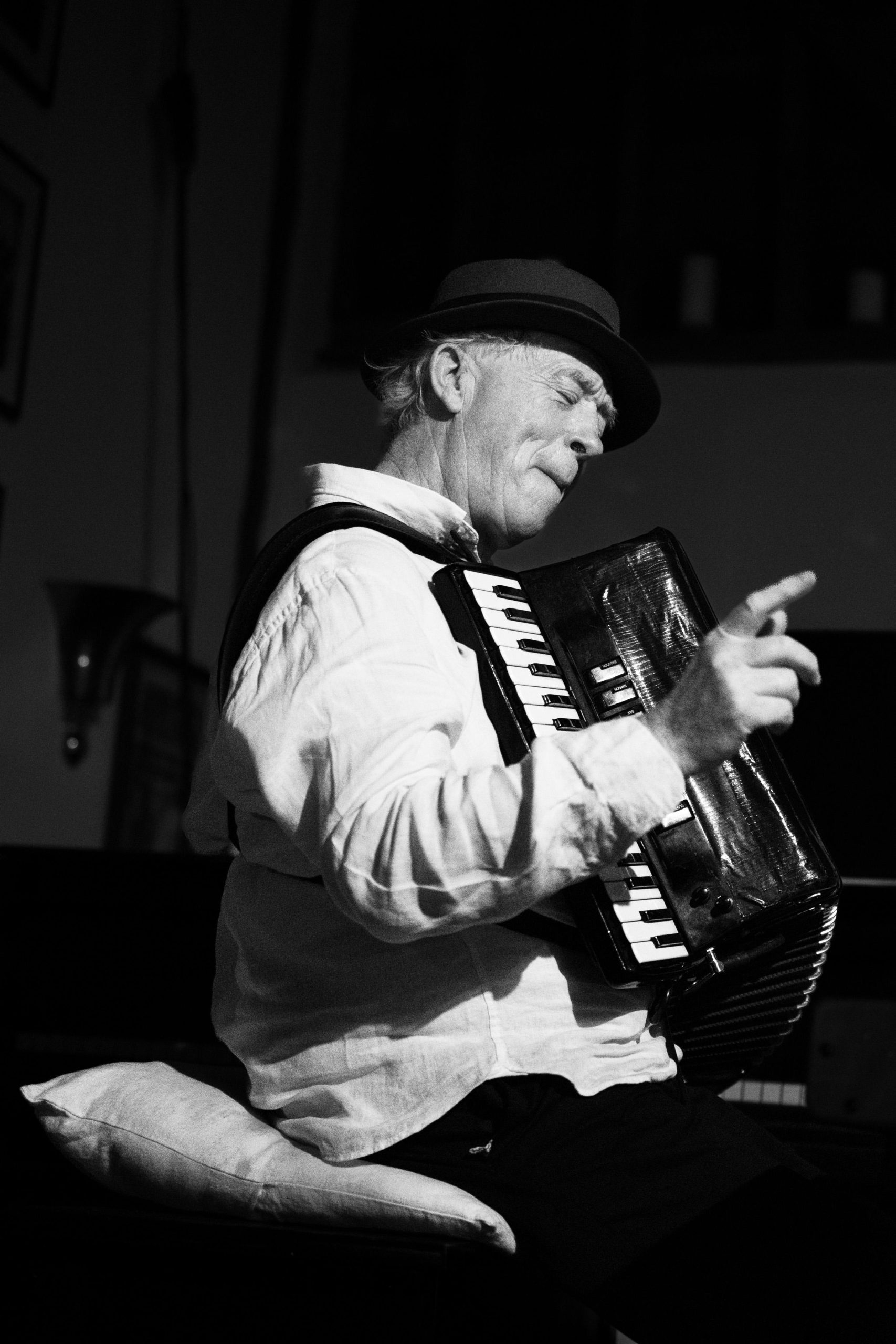
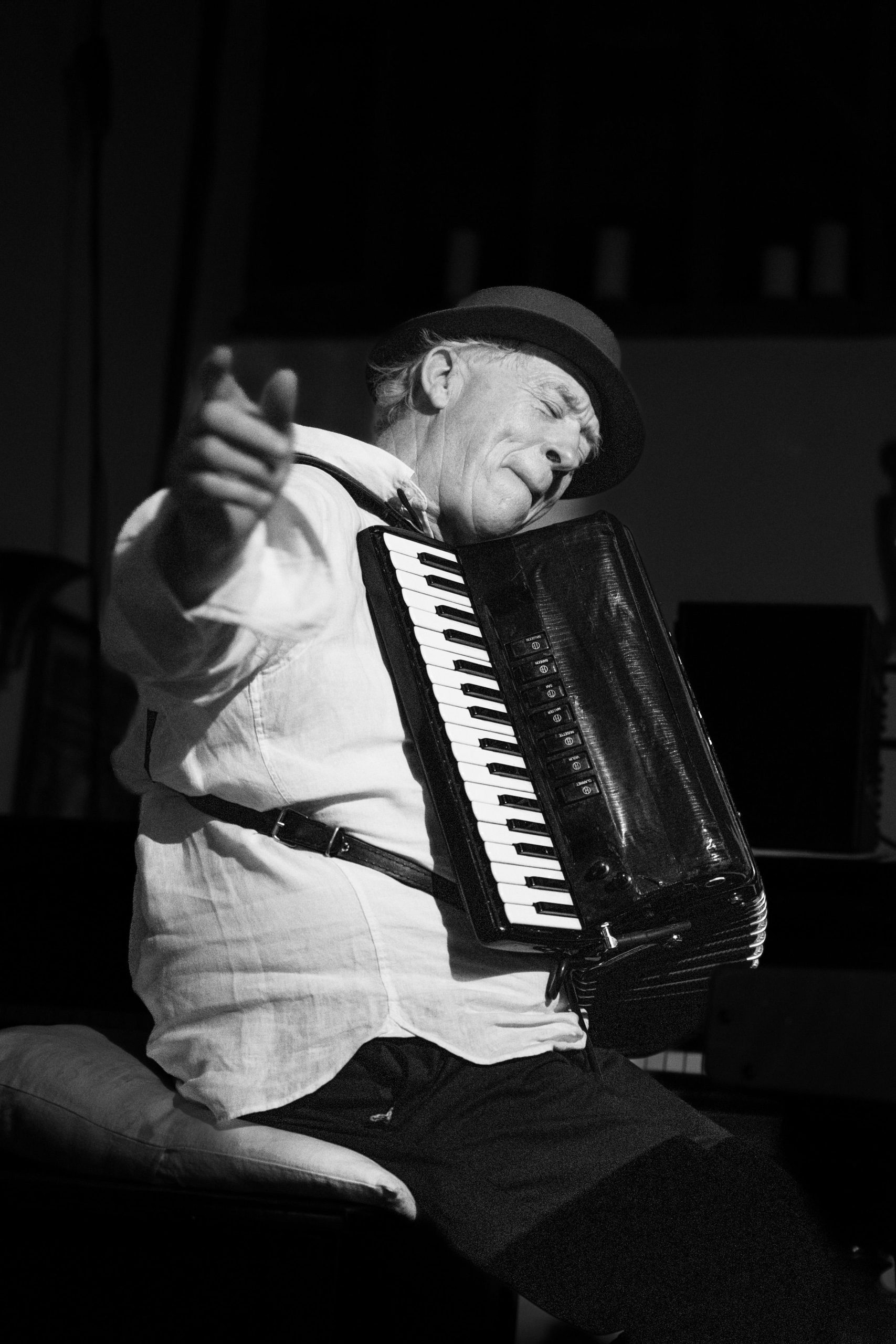
Leica SL3-S with 28-70 f/2.8
70mm ISO 16000 1/250s @ f/2.8
Final thoughts
Well, many conclusions in reality. When I was reviewing the camera back in January, I rather felt that Leica had missed a trick by not using a stacked sensor like those in the recent batch of cameras from Sony, Canon, and Nikon. Of course, OM Systems as well.
But full-frame stacked sensors are expensive things, and it would have made the SL3-S a much more expensive camera (more than the SL3, I would imagine).
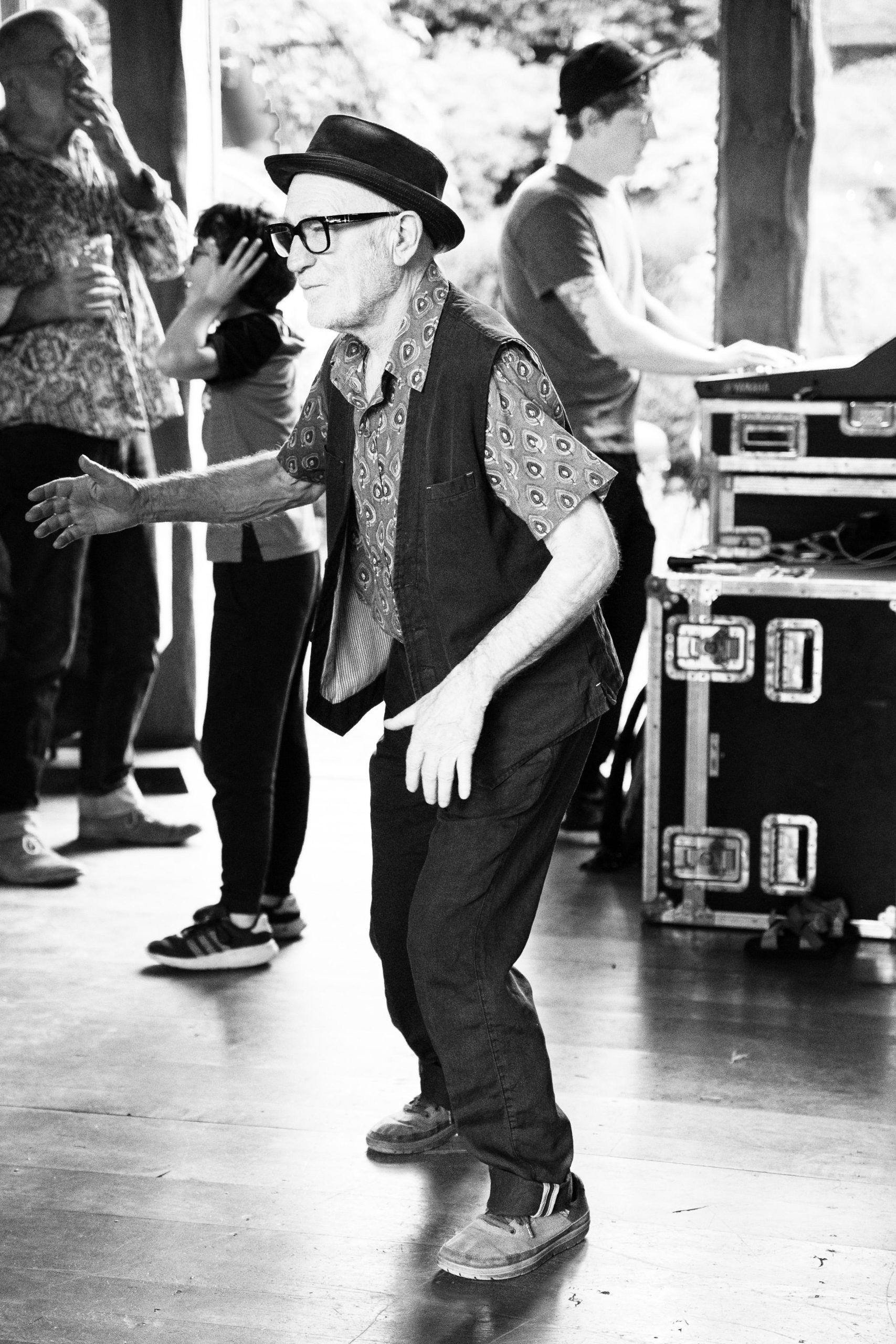
Leica SL3-S with 28-70 f/2.8
55mm ISO 12500 1/320s @ f/2.8
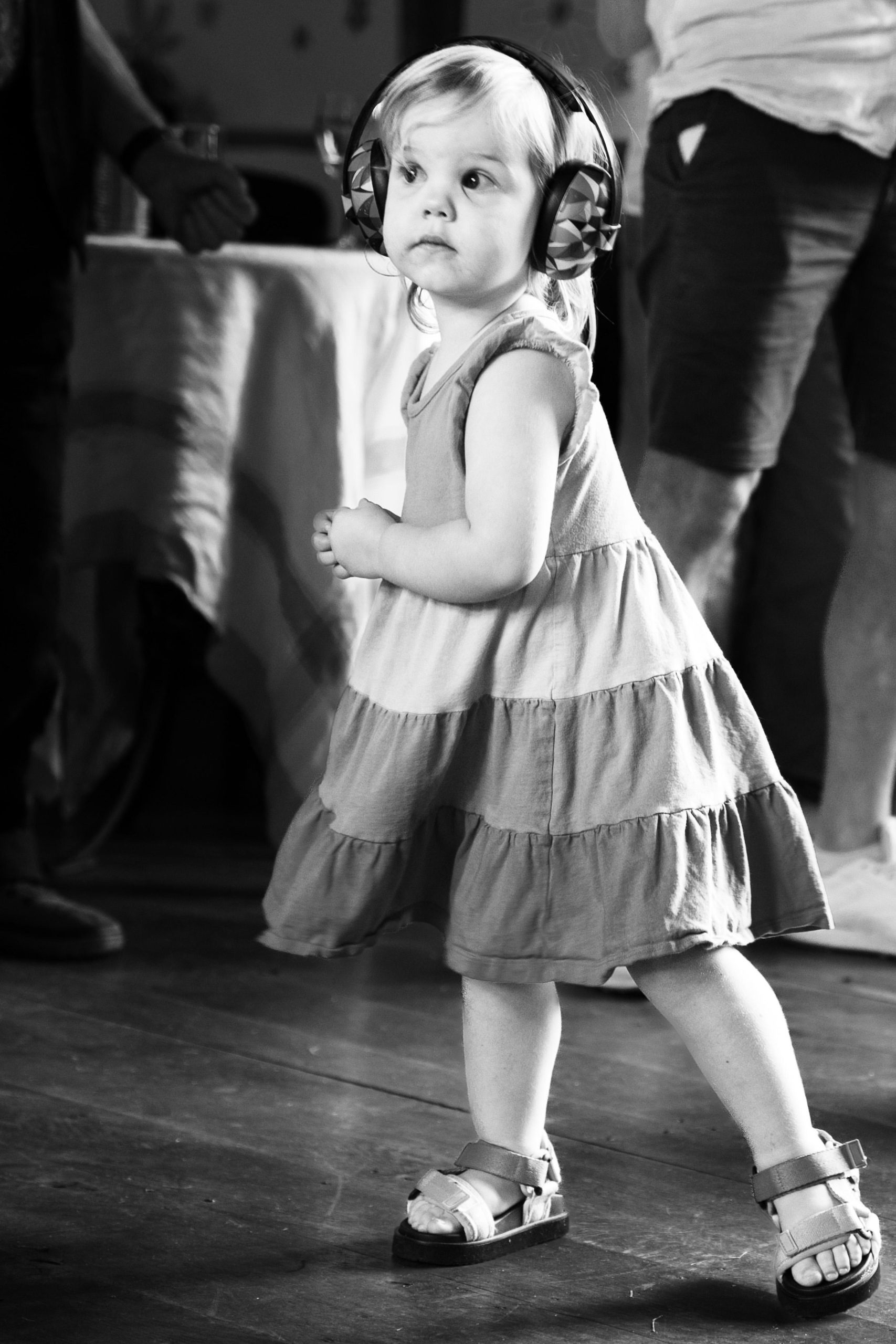
Leica SL3-S with 28-70 f/2.8
57mm ISO 1000 1/125s @ f/2.8
There is no doubt that stacked sensors are faster, and these flagship cameras probably have faster autofocus as well. But you have to ask yourself at what point you actually need this speed. All these events required quick and accurate AF and often very good high ISO. What they didn’t require, however, is blazing multi-shot mode and fantastic tracking.
In fact, any continuous shooting at an event is best avoided; it’s bad enough having a thousand pictures to process afterwards. I can imagine that the Ladies Tractor Road Run shooting on drive mode could easily produce 5000 images!
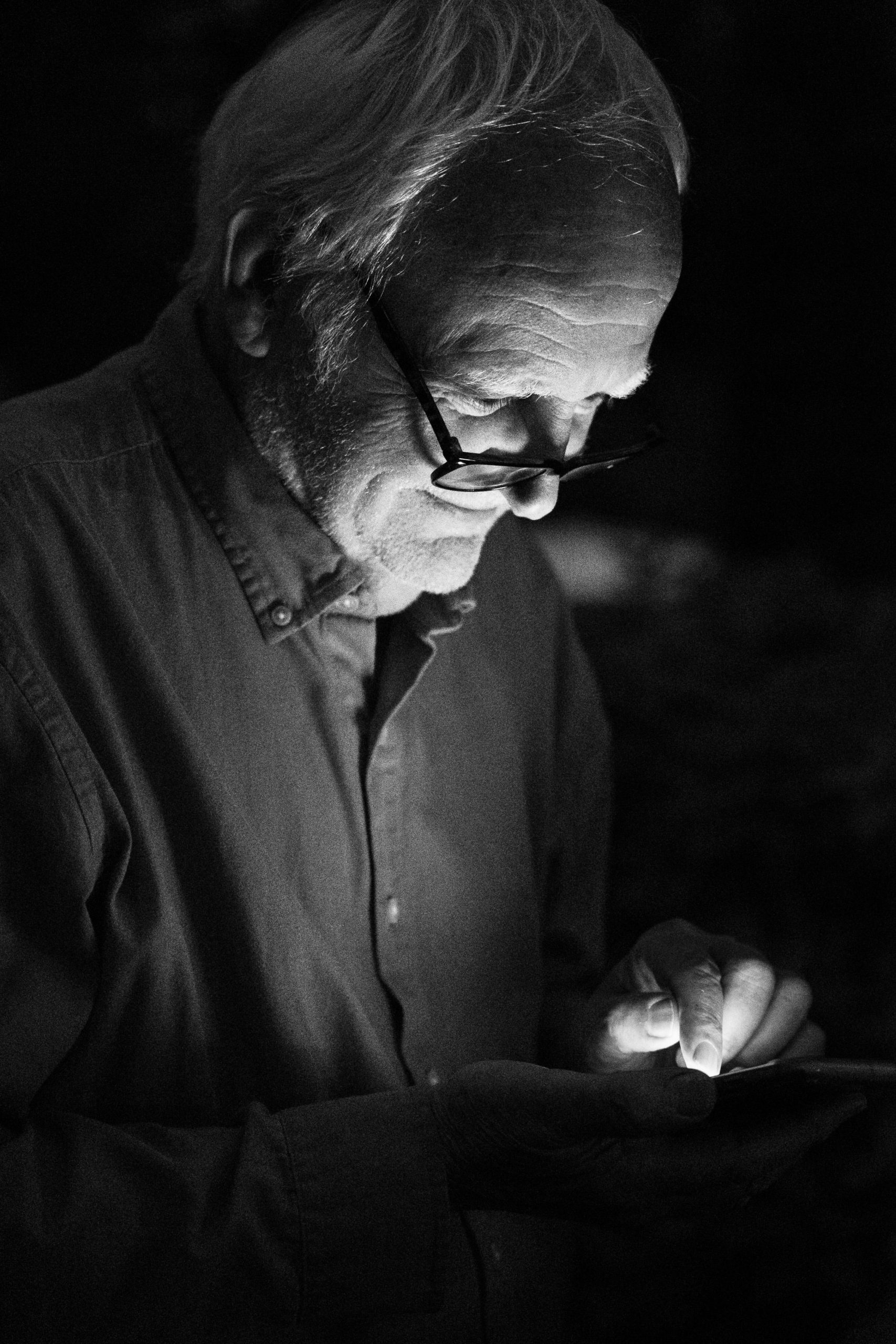
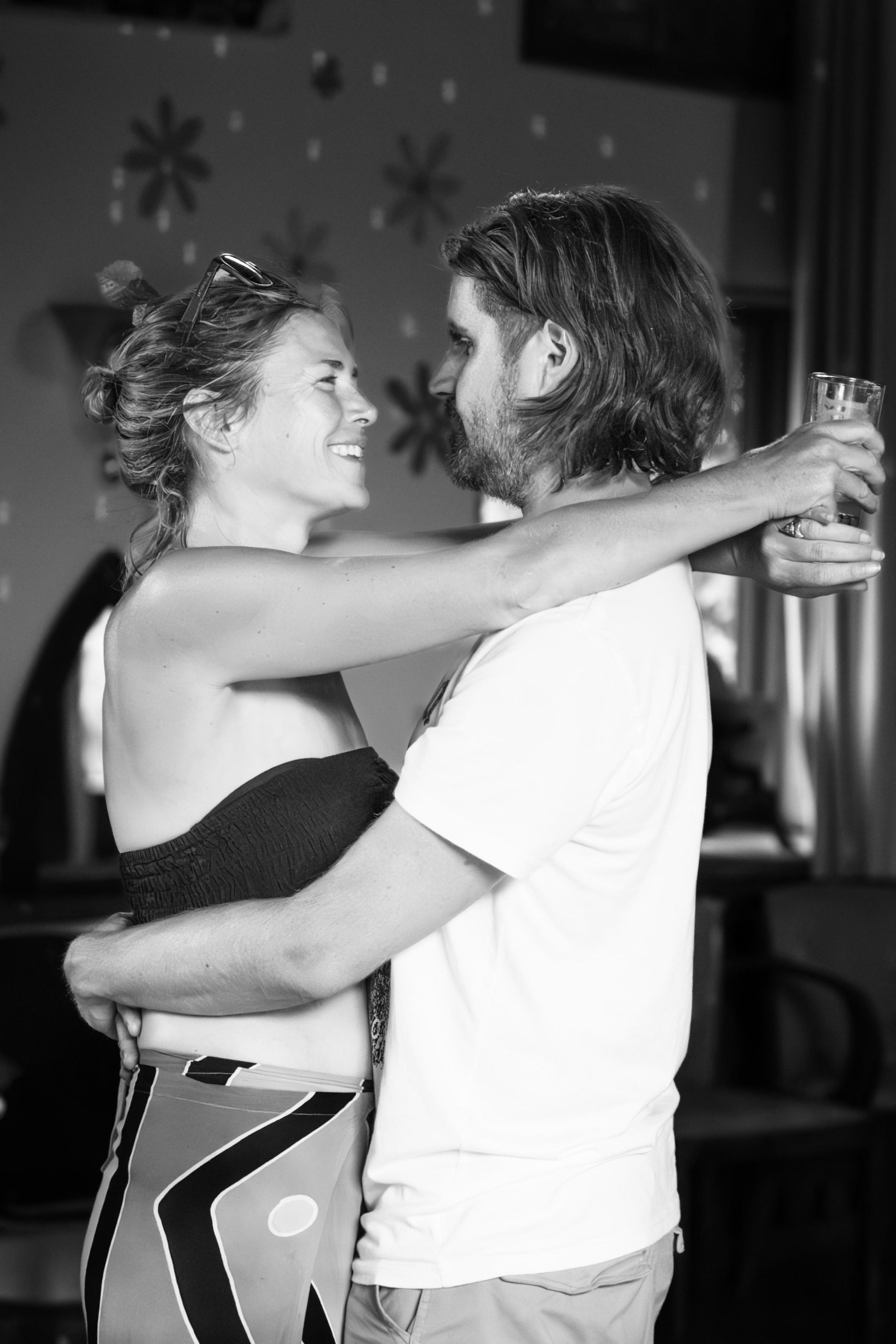
Stacked sensors are also less prone to ‘rolling shutter’ when using the electronic shutter (where fast-moving objects appear distorted because of the time it takes to read the sensor sequentially). This can be a problem in sports shooting, but you are not obliged to use the electronic shutter under such circumstances.
Of course, you can shoot any of the professional cameras in single-shot mode, but if you don’t actually need that speed (and most of us don’t) then why pay for it?
Shot-to-shot times on the SL3-S are excellent, and for most event work it’s better to be prepared for that special moment than it is to be blitzing at 30 frames a second. But if you really want to, then the SL3-S supports AF at 30 frames per second!
Nevertheless, the advantages of the SL3-S are palpable and useful. Leica’s exceptionally logical interface, which keeps getting better. Fantastic configurable quick menu with simple and understandable options. Internally consistent user profiles, which even covers the interface. It’s both intellectually and haptically satisfying.
Then there are the lenses. Not only do you have access to the wonderful Leica lenses, but also great L-Mount lenses made by Sigma, Panasonic, and others. There is also proper support for all the Leica M-Mount lenses made since the early Fifties.
I don’t shoot video, but I understand that the SL3-S is a very competent video recorder. Indeed, as Ralf Ilgenfritz pointed out in my original SL3-S review, he would prefer to use it over his Sony cameras.
At list price, you can currently buy a kit with the SL3-S and the 28-70 for several hundred pounds less than the Sony A1 II body alone. It’s nicer to use, and it will probably hold its value a lot better, plus the 28-70 is a really excellent lightweight lens.
Downsides: Nil
My experience over these few months, shooting events, is that there really aren’t any downsides to the SL3-S. I’ve been getting a splendid hit rate, the autofocus face / eye detection works well, and very high ISO is perfectly acceptable.
I have given up shooting weddings (apparently) but I have to say that the SL3-S would also be the perfect wedding workhorse.
However, I’ve been struggling to find a good metaphor. I was thinking it was like the difference between driving an electric car compared to a 2017 911. The Tesla is more advanced, but the journey is so much more enjoyable with the 911…. But the analogy isn’t right because the SL3-S is also advanced.
User-interface and haptics do really matter, and the SL3-S is just a lovely tool for shooting events, there aren’t really any practical downsides, and the driving experience is so much of a pleasure.
All images in this article ©Jonathan Slack
Make a donation to help with our running costs
Did you know that Macfilos is run by five photography enthusiasts based in the UK, USA and Europe? We cover all the substantial costs of running the site, and we do not carry advertising because it spoils readers’ enjoyment. Every amount, however small, will be appreciated, and we will write to acknowledge your generosity.

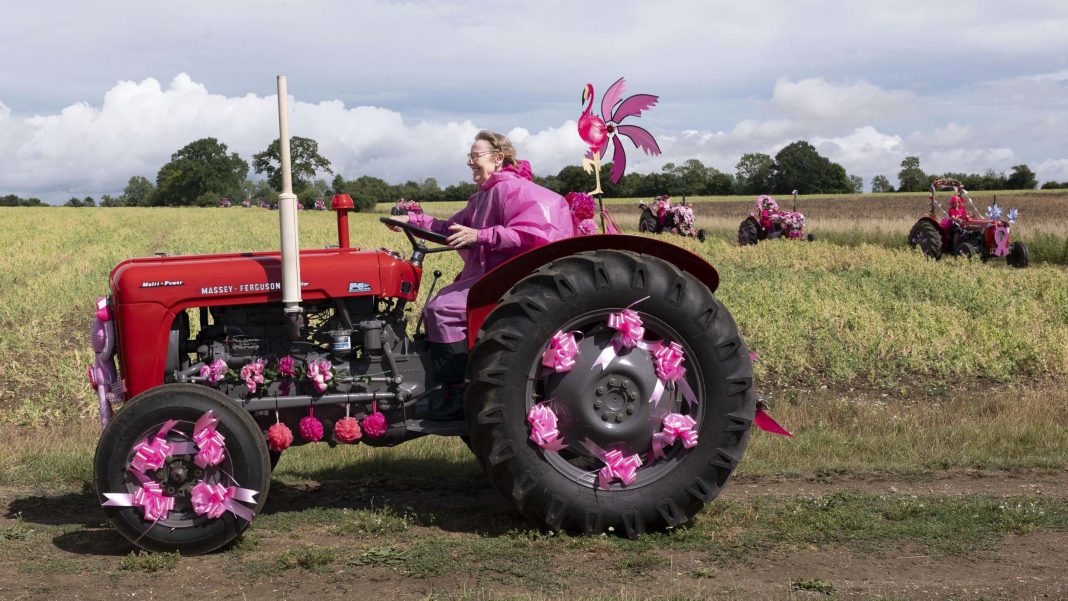
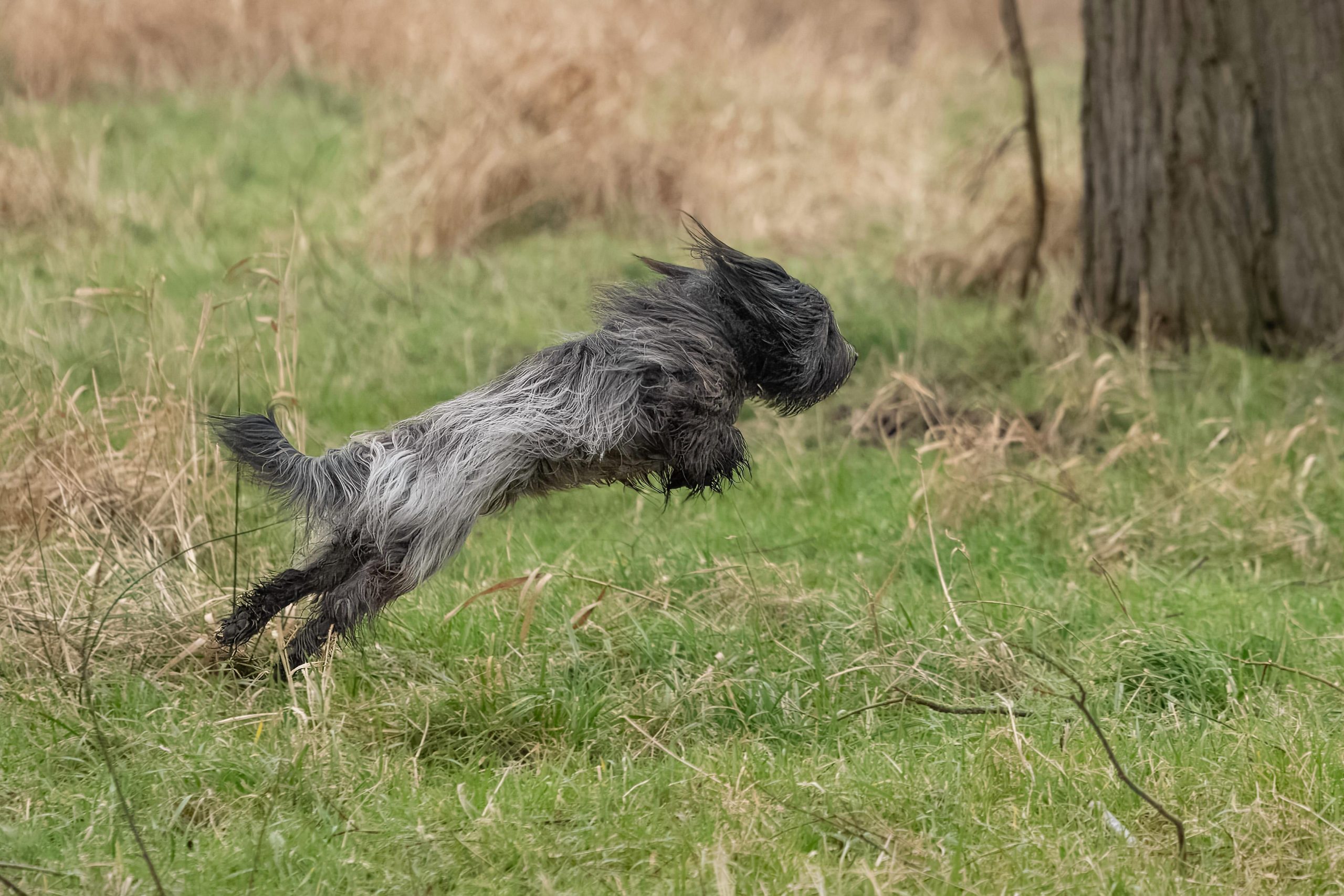

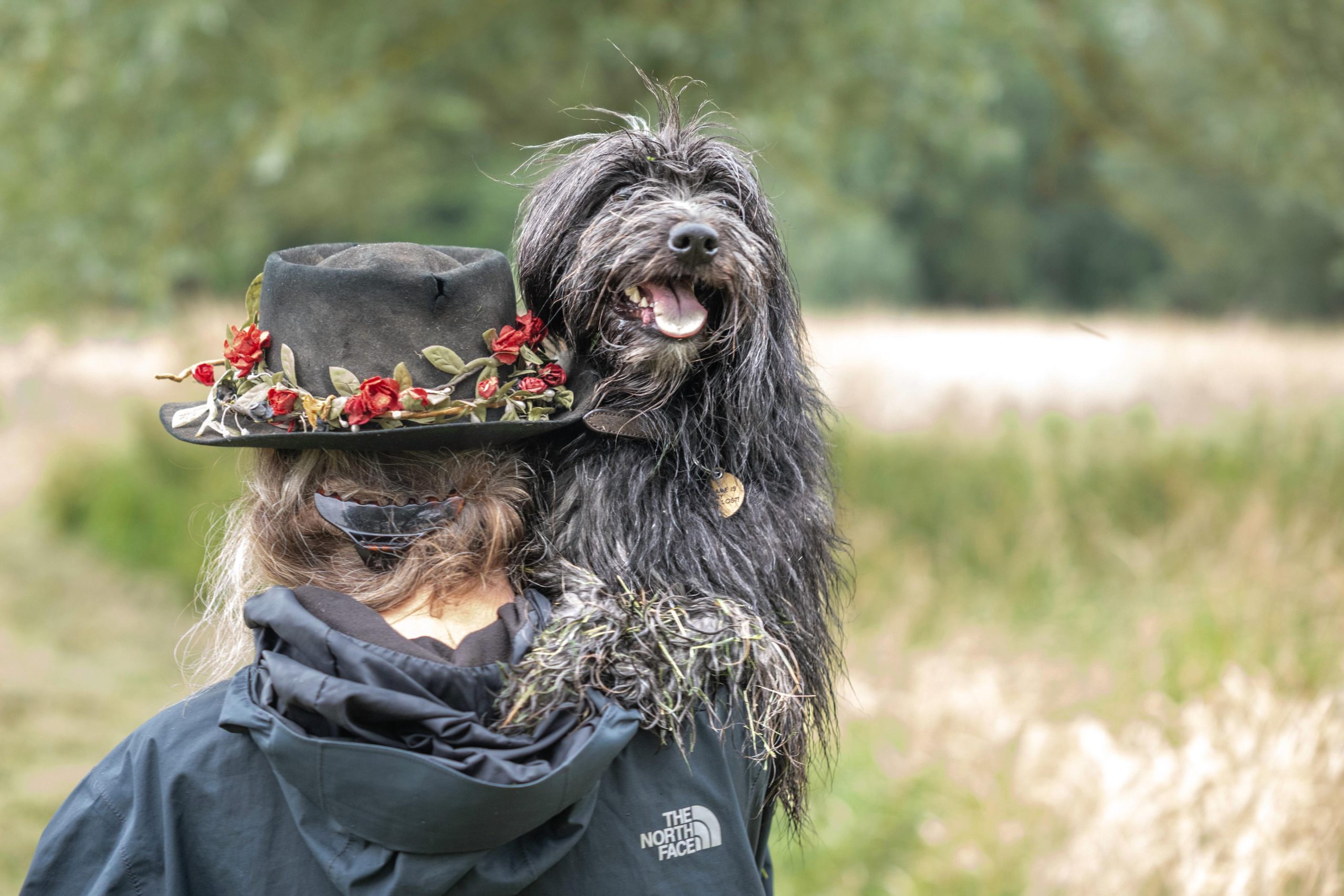
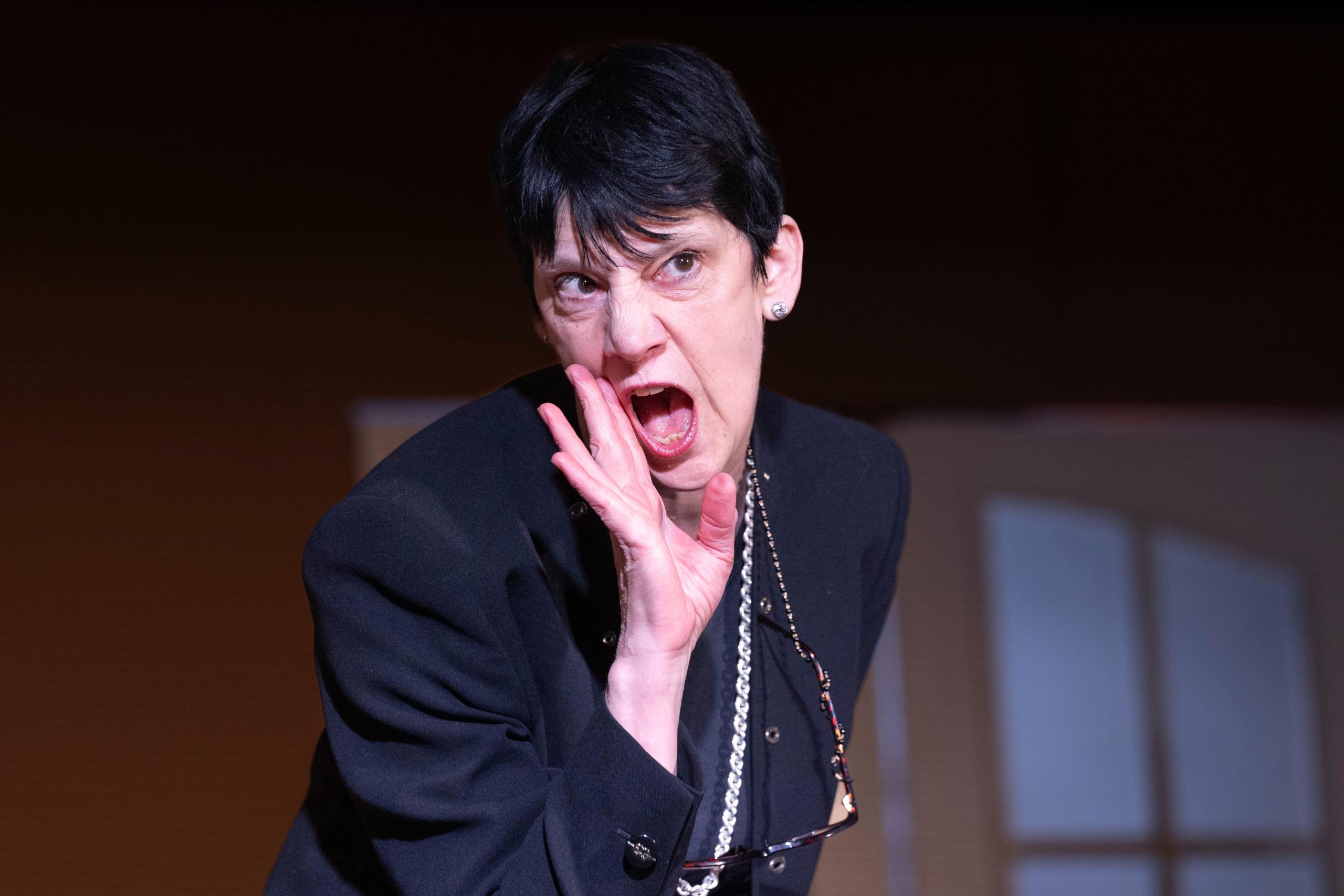
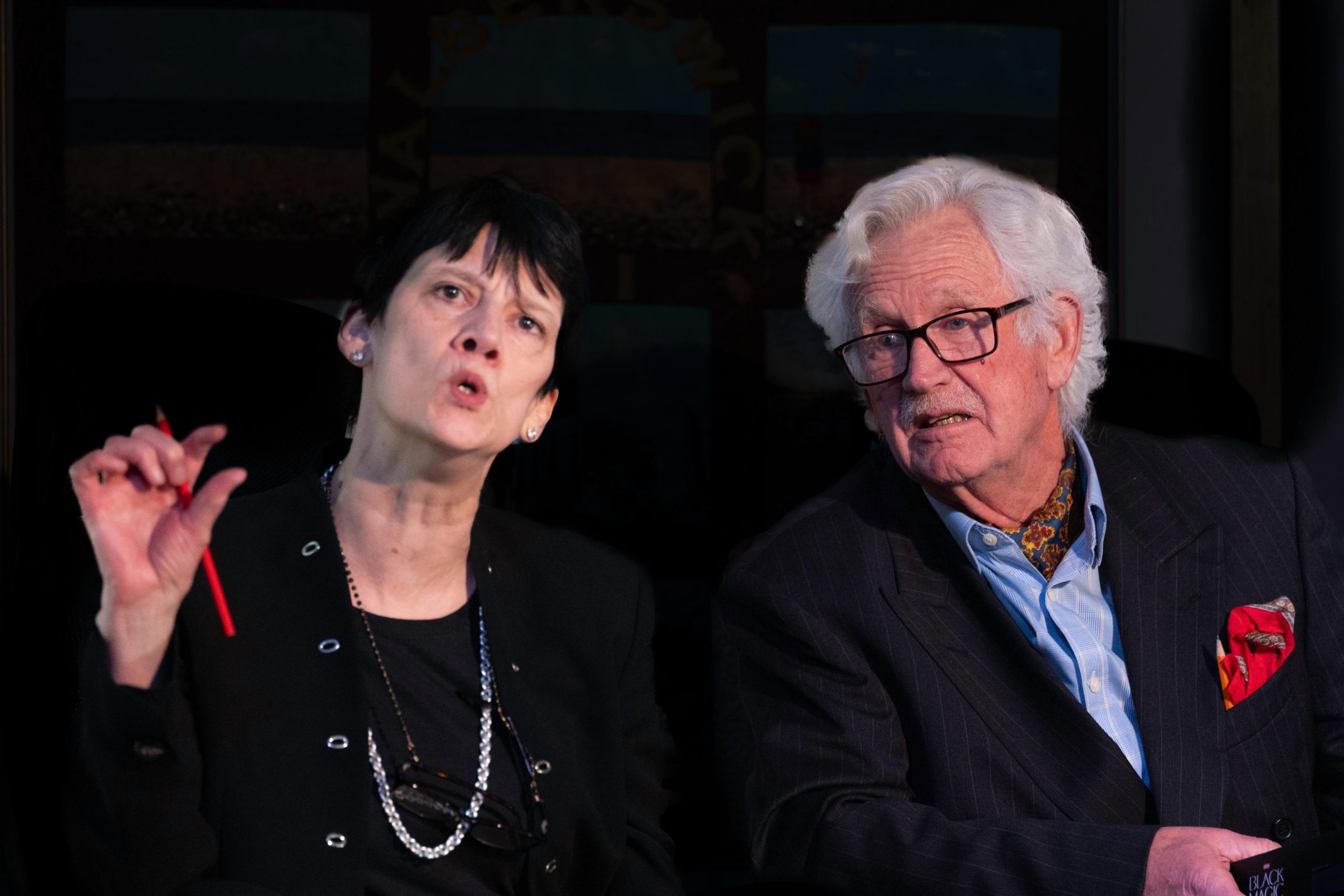
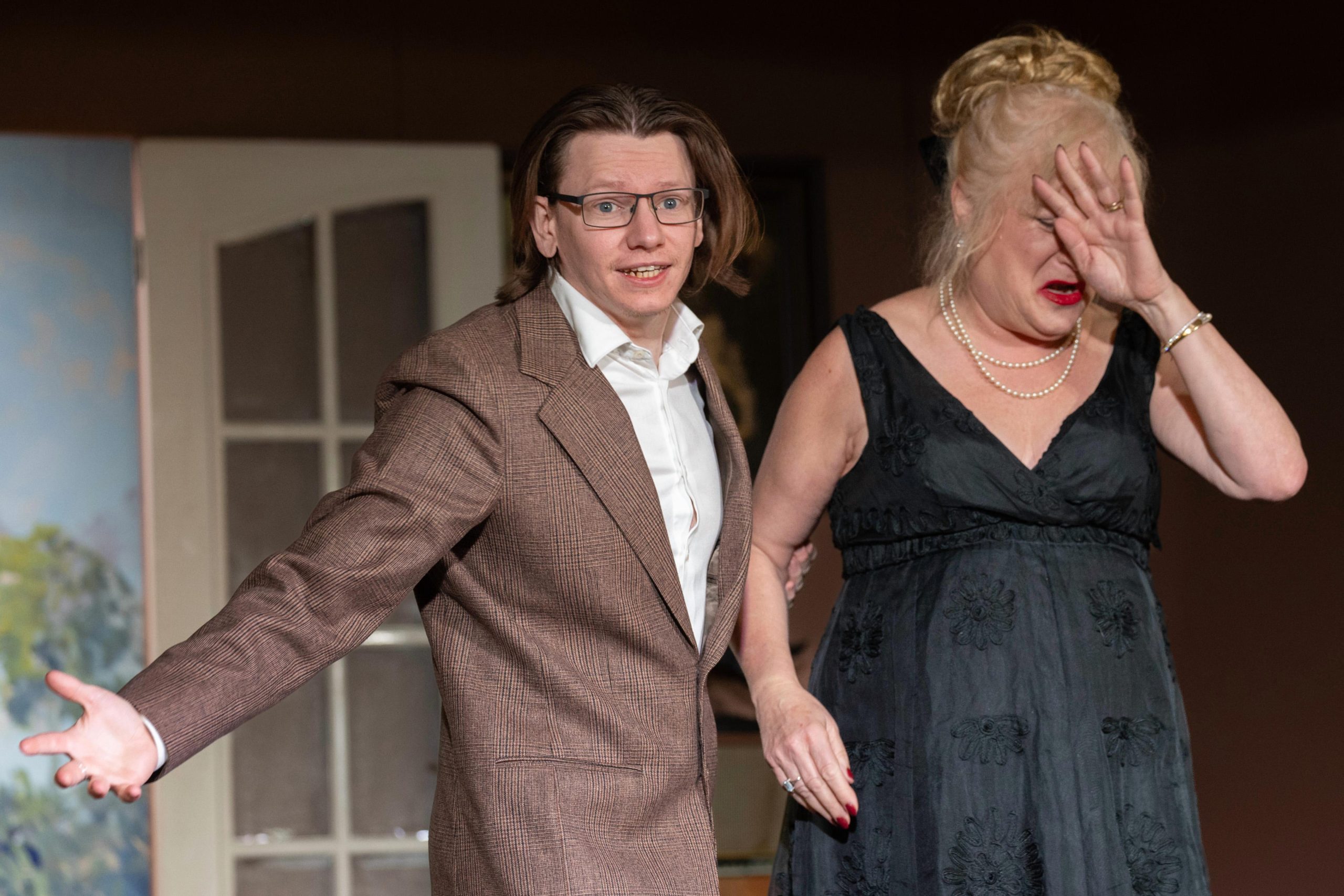
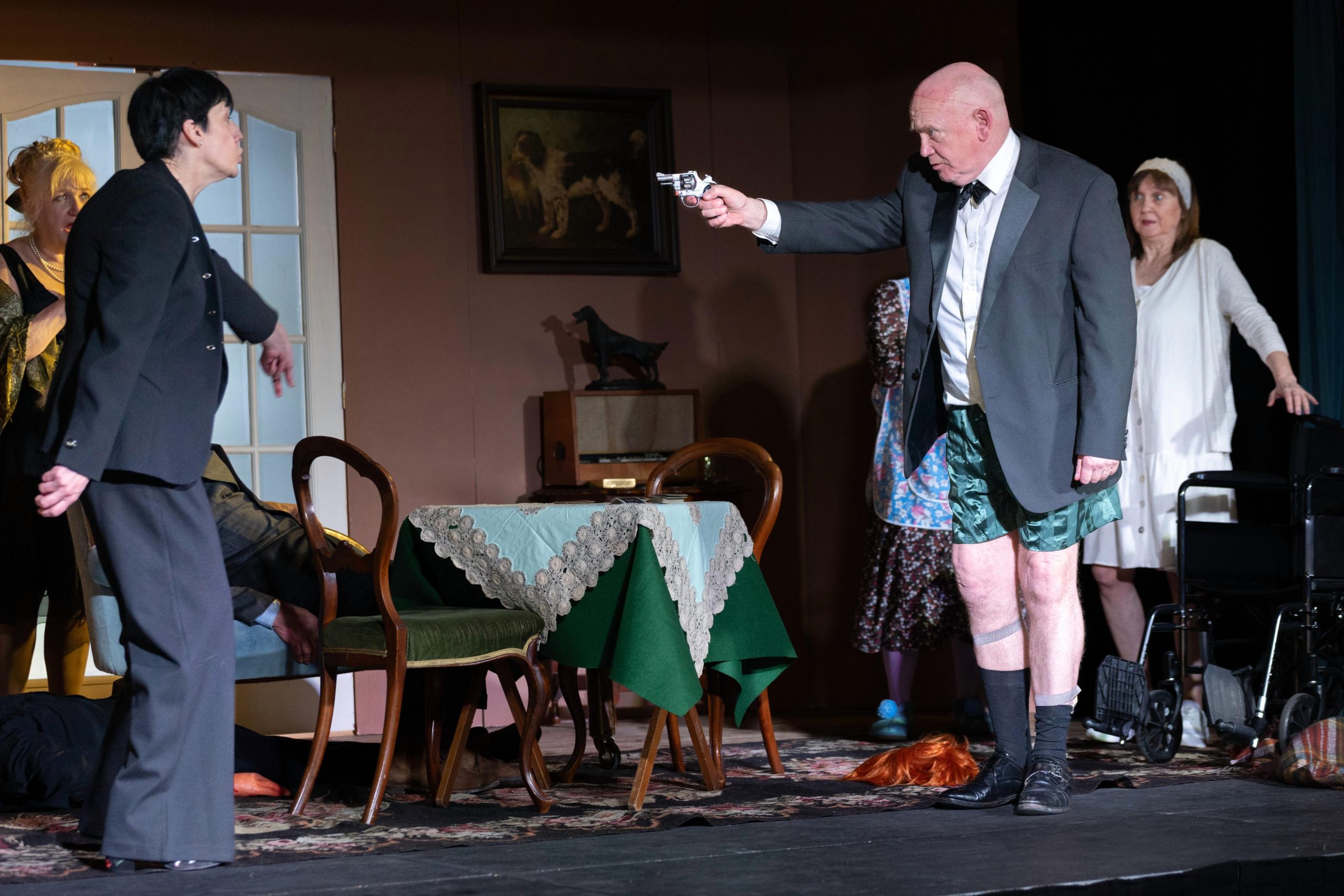
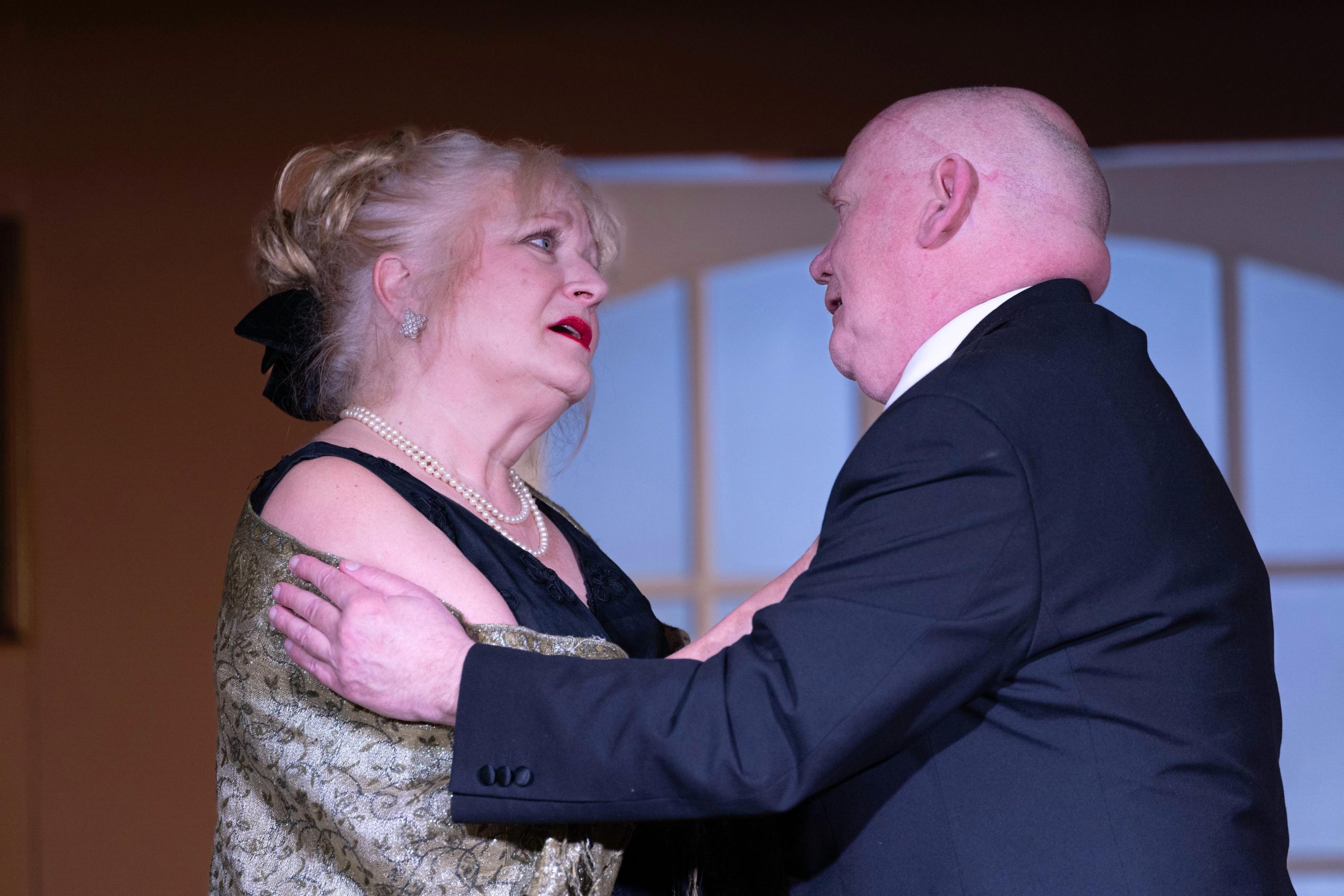
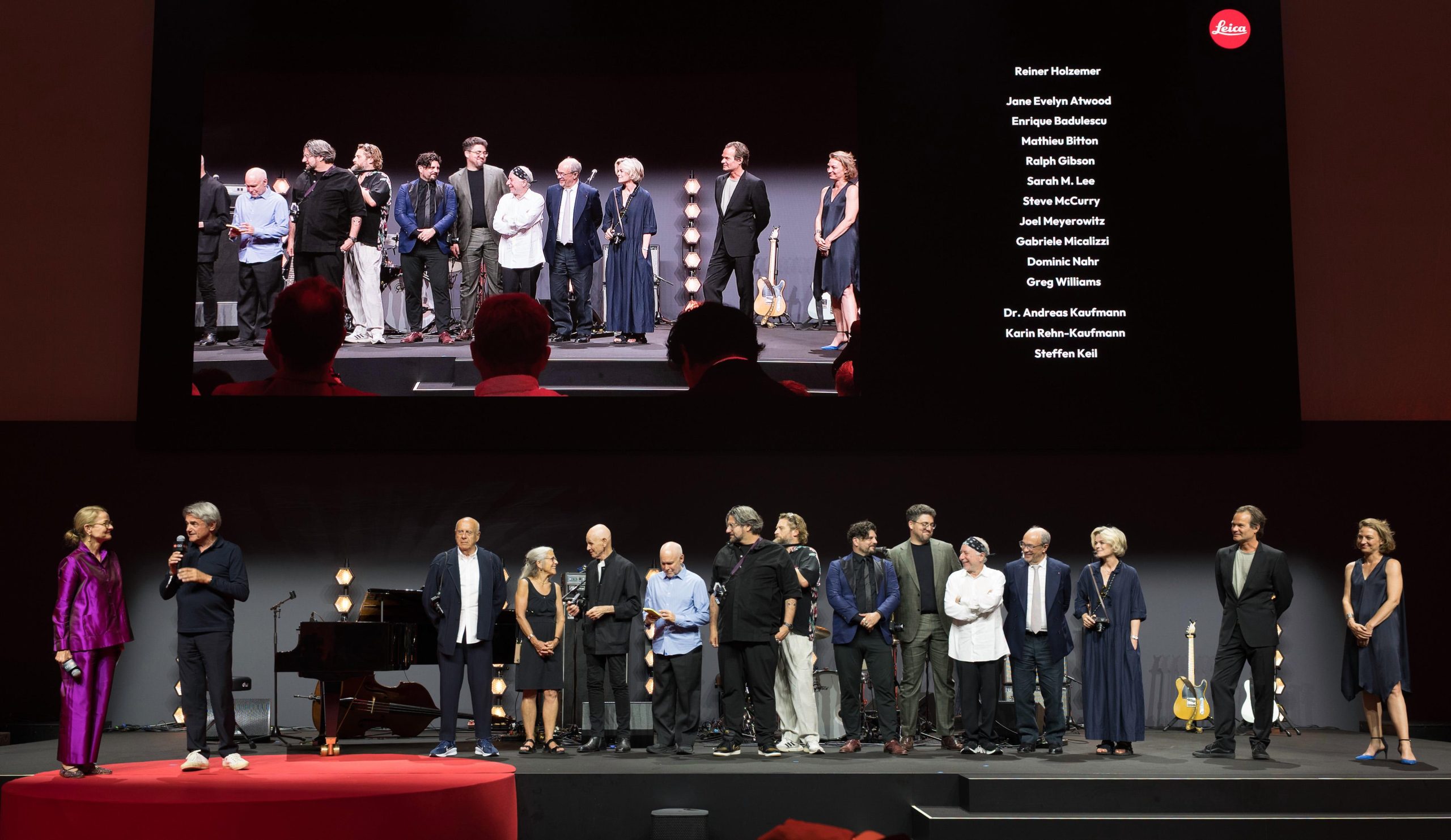
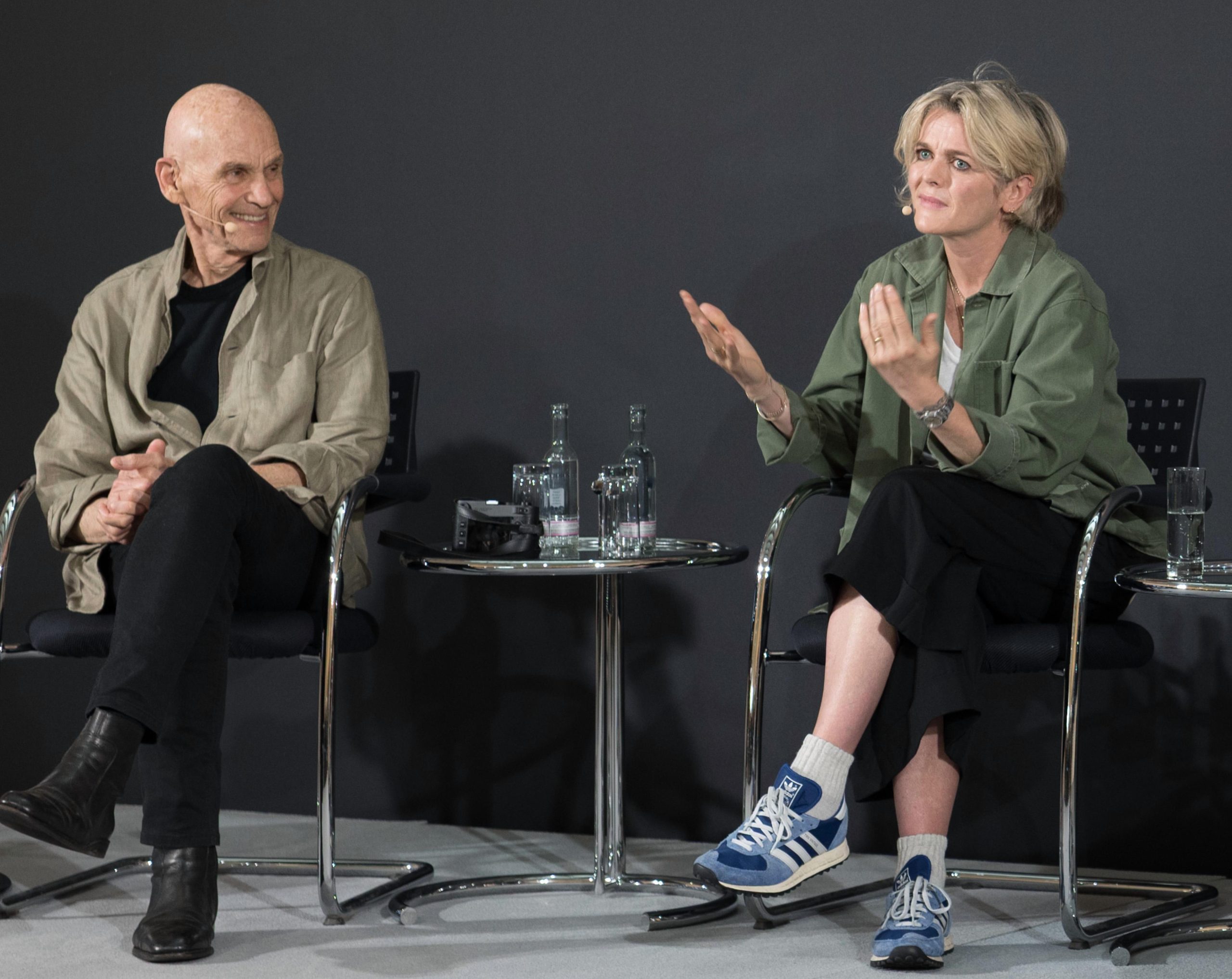
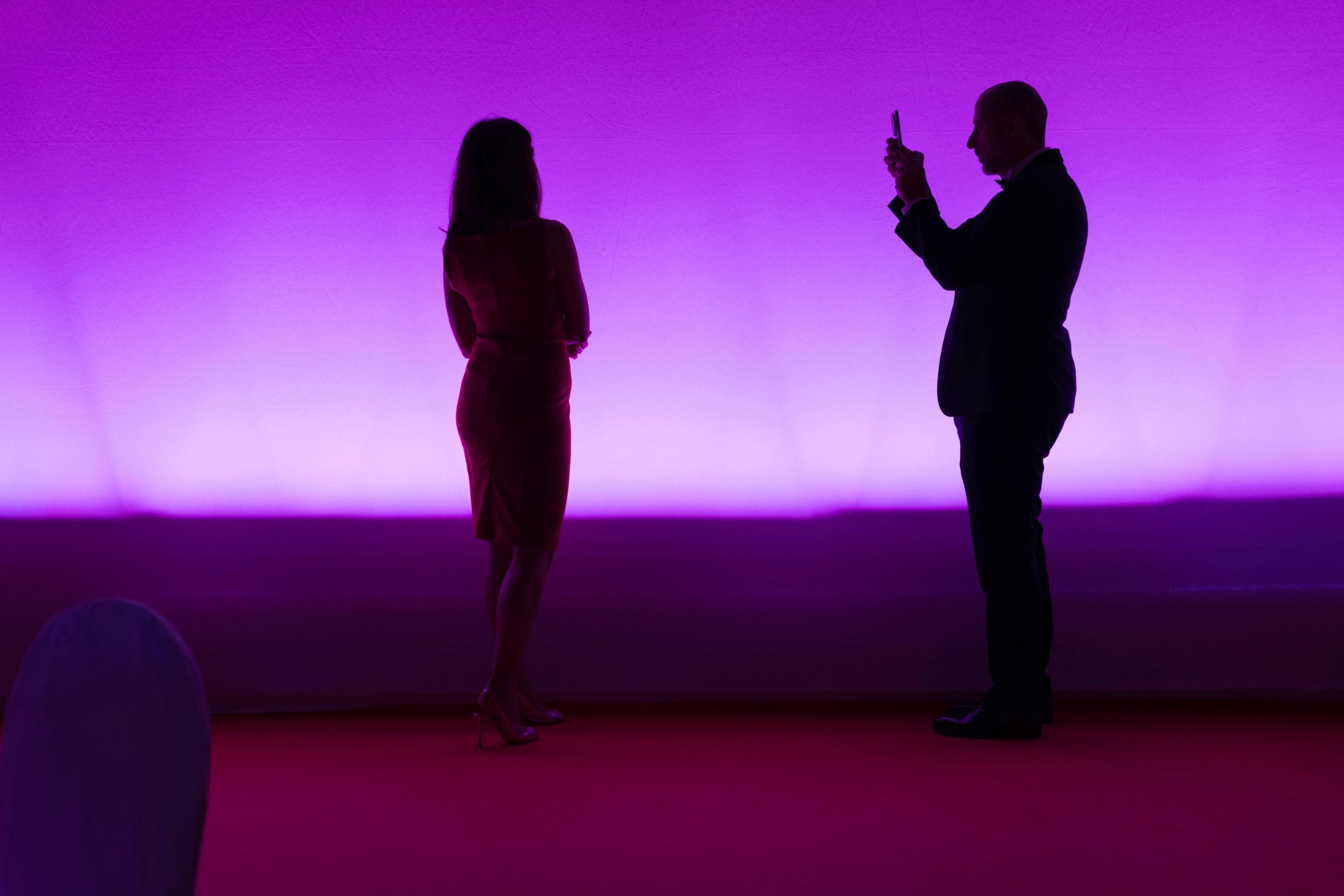
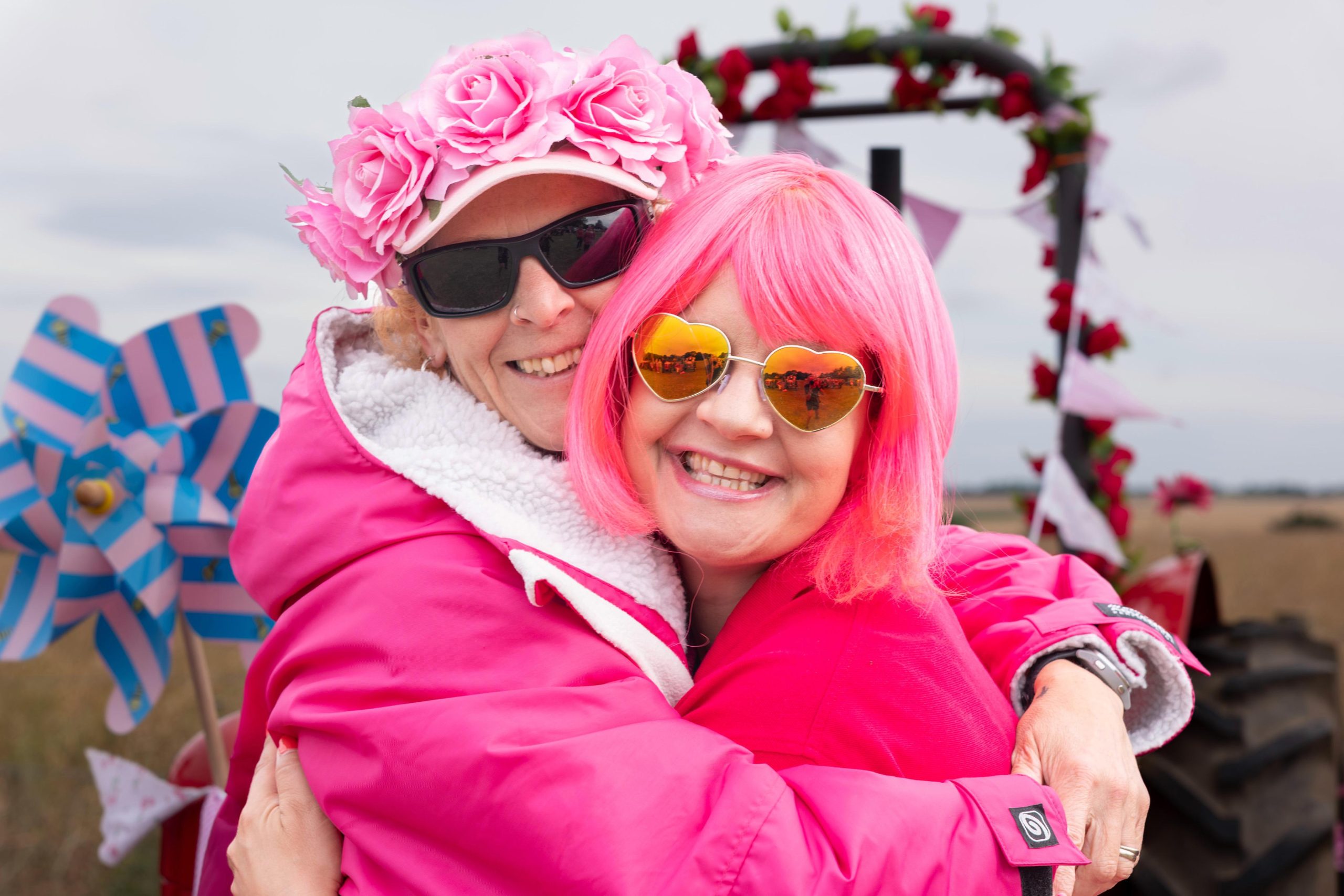
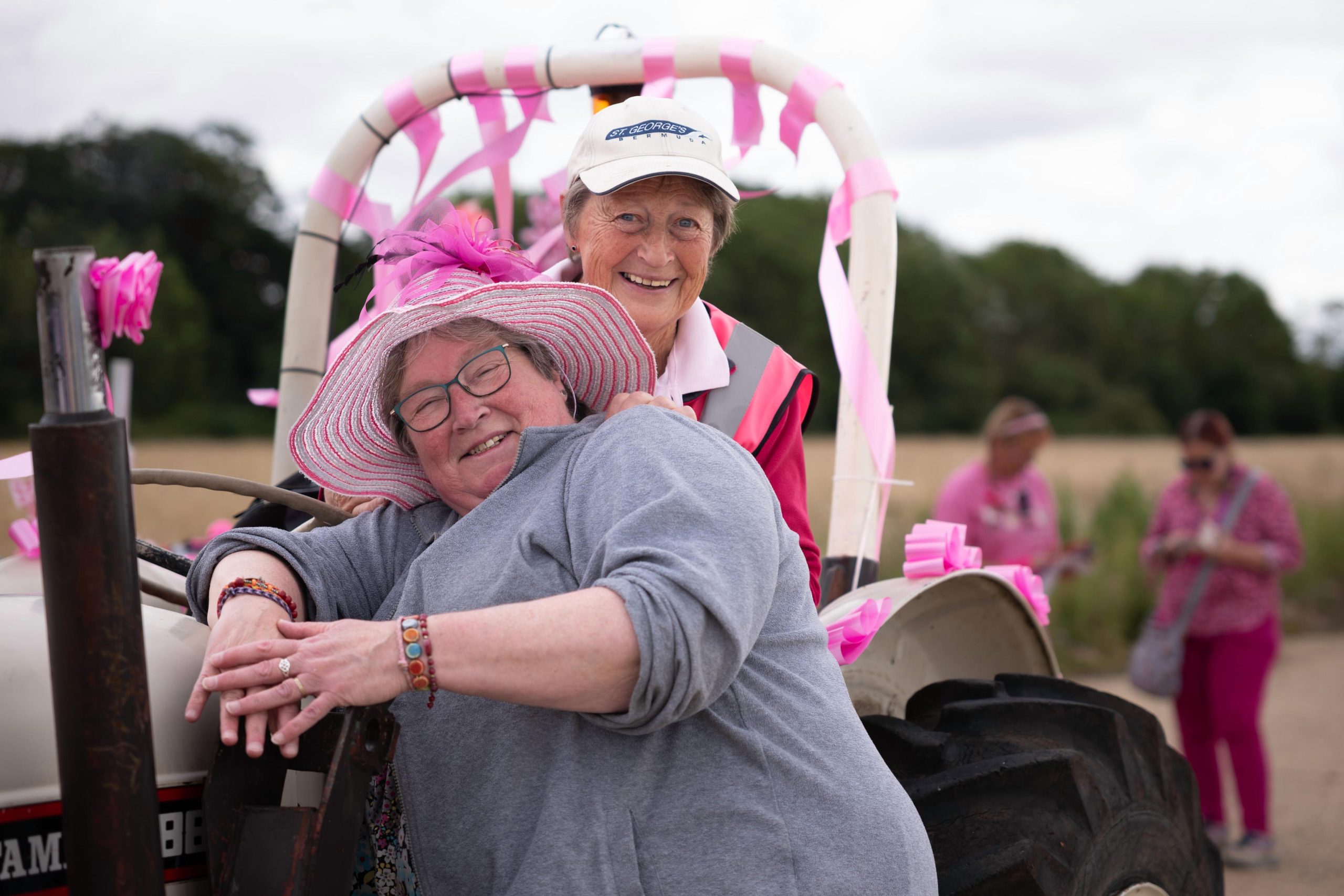
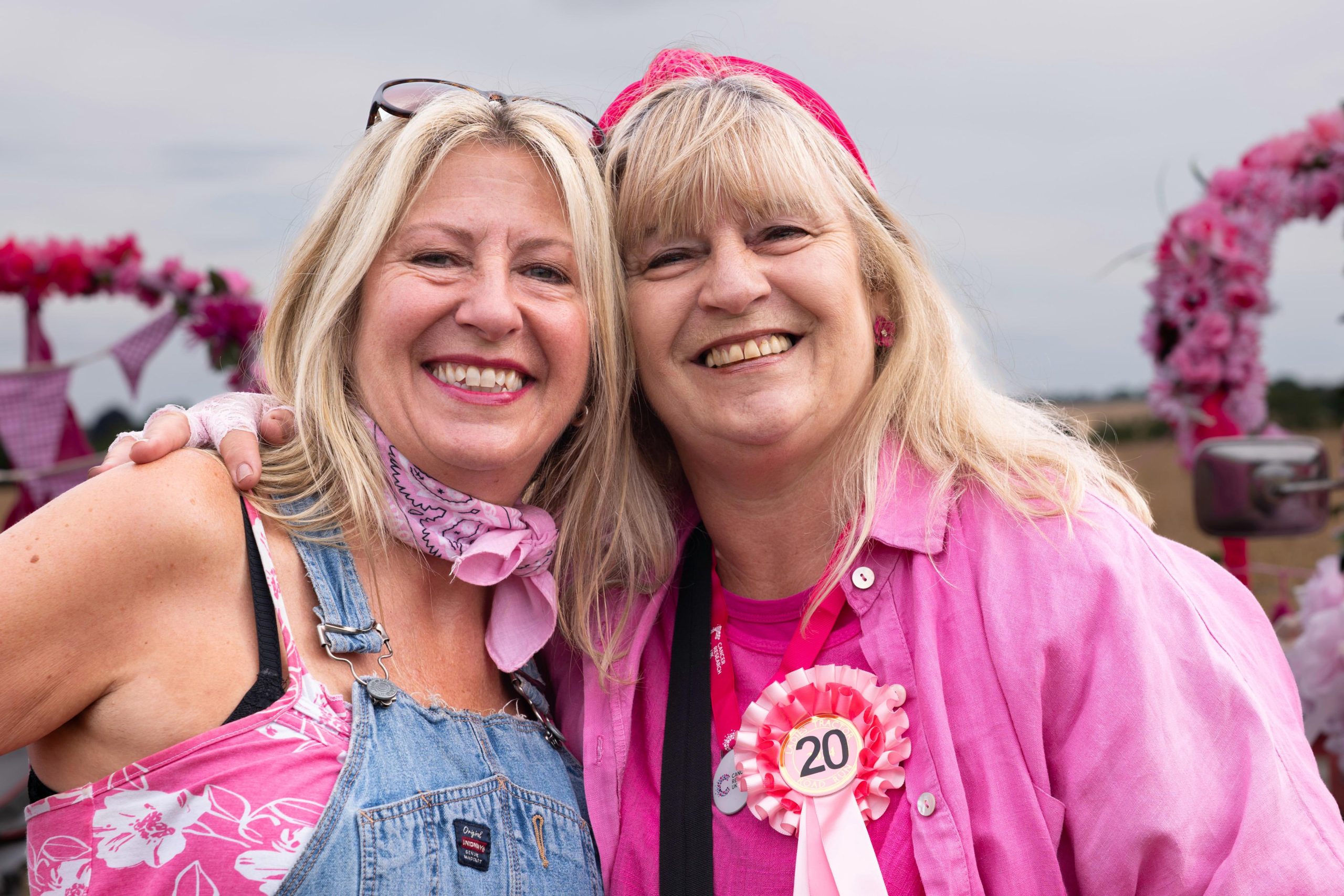
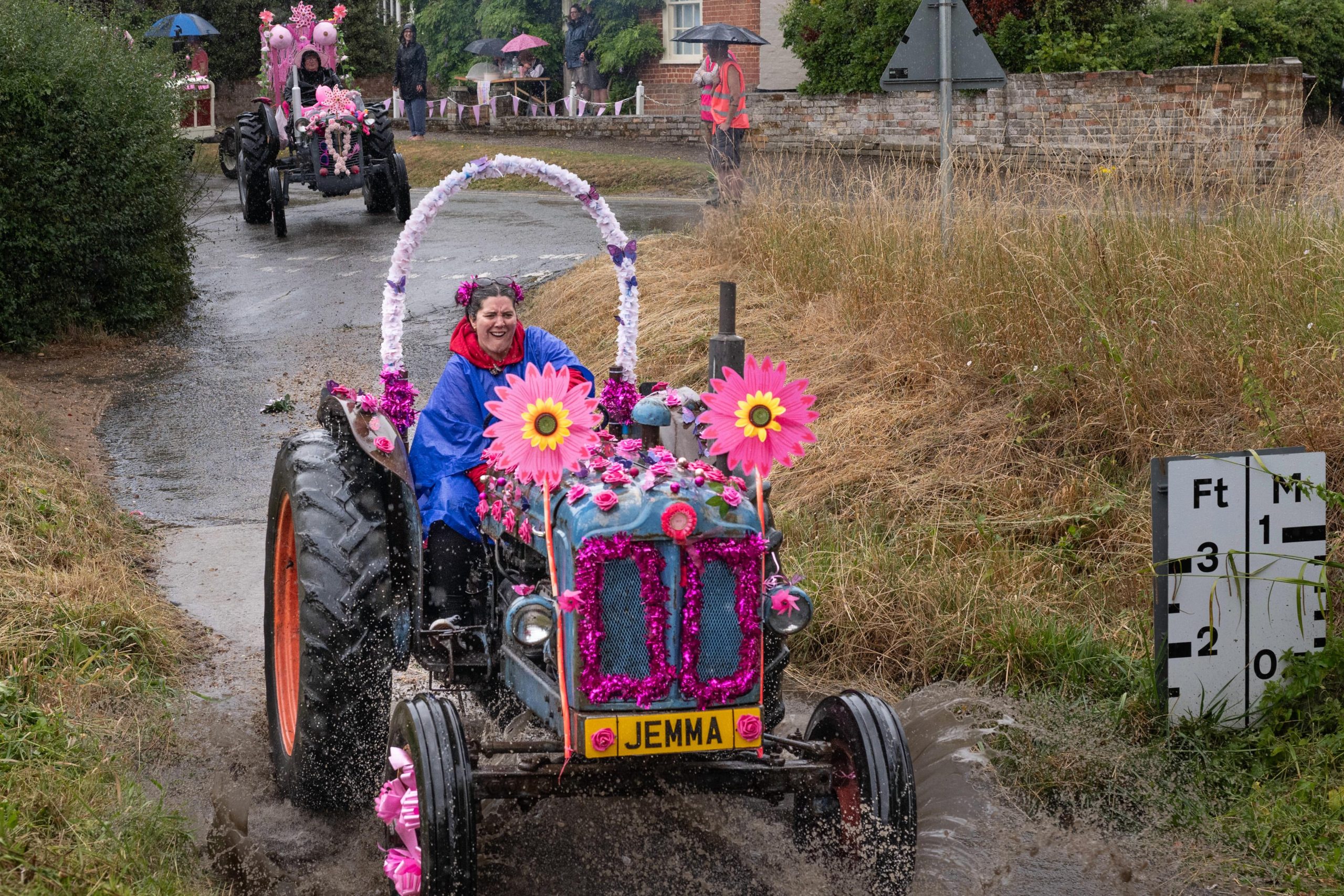
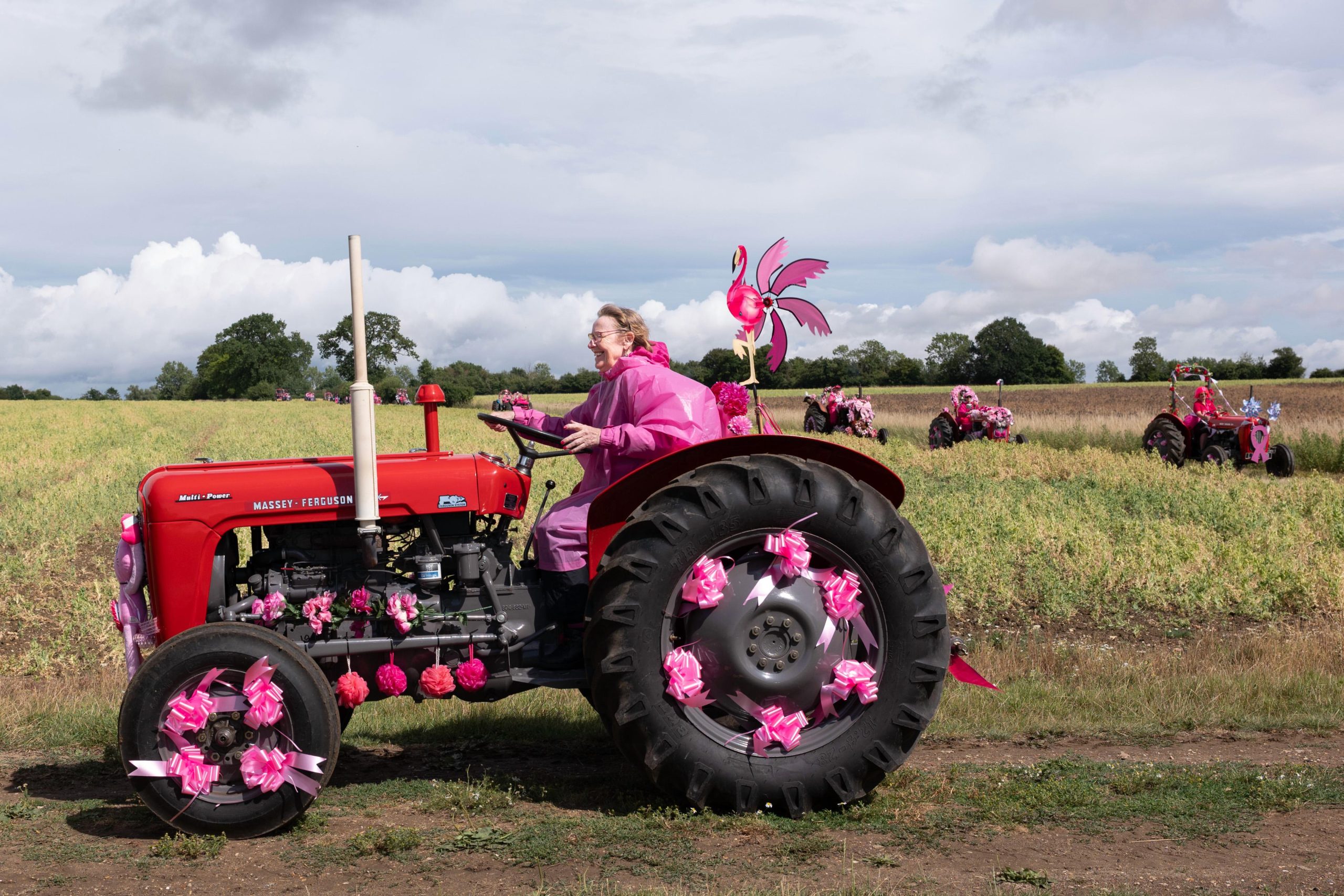
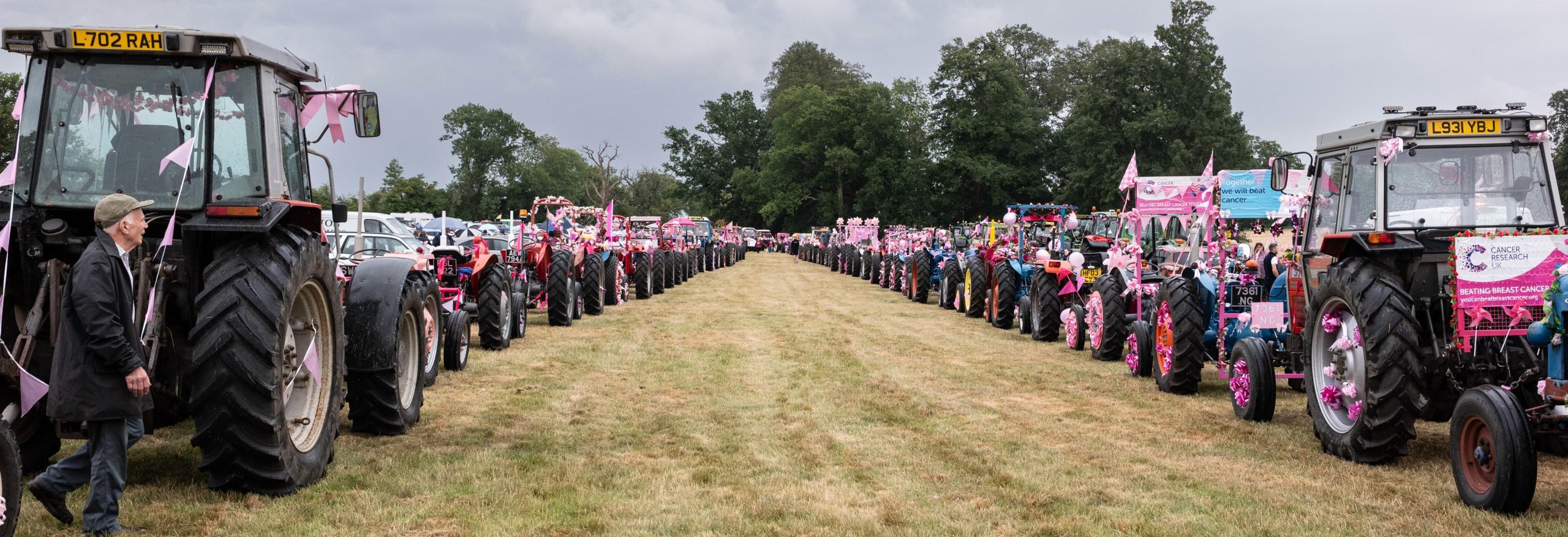
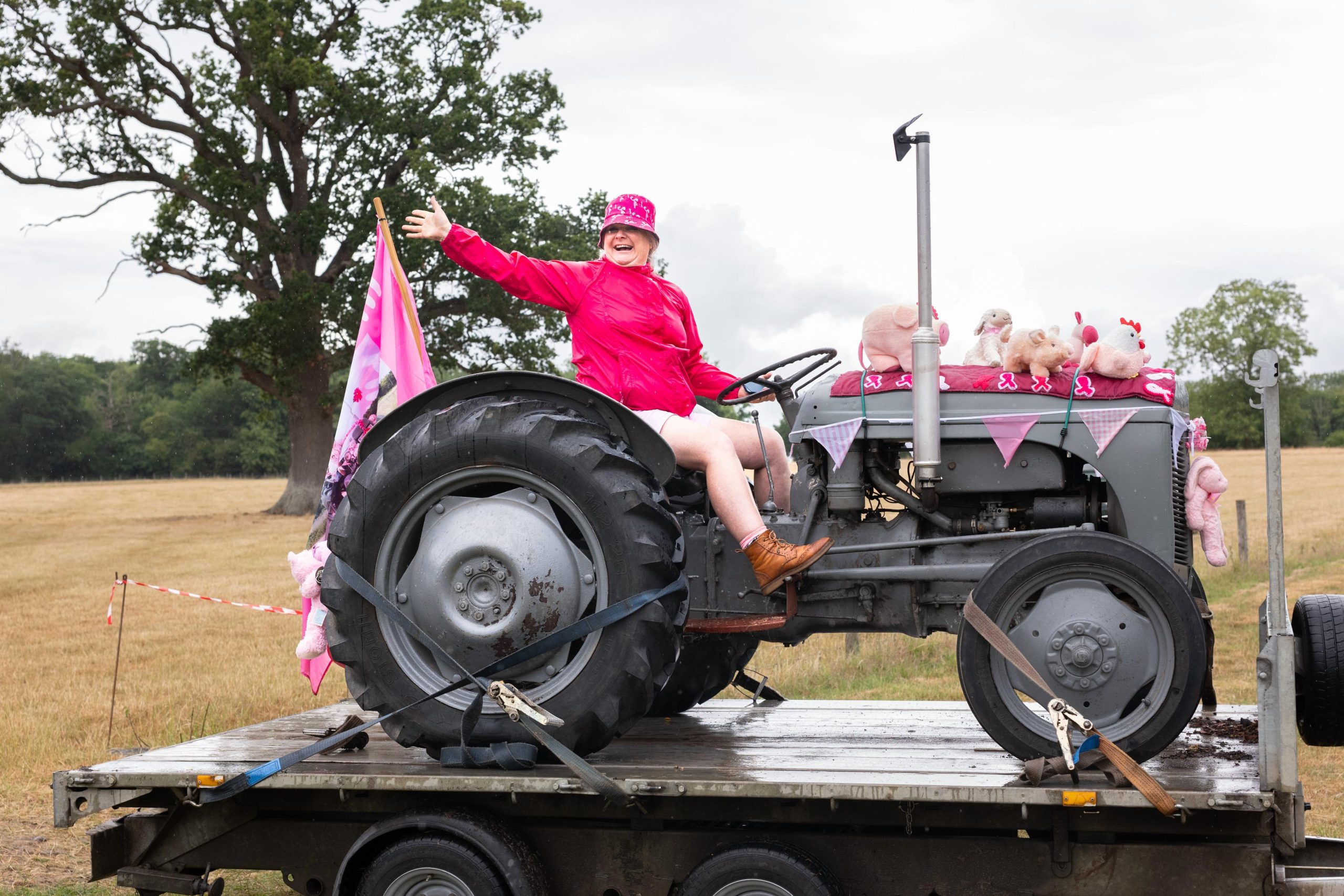
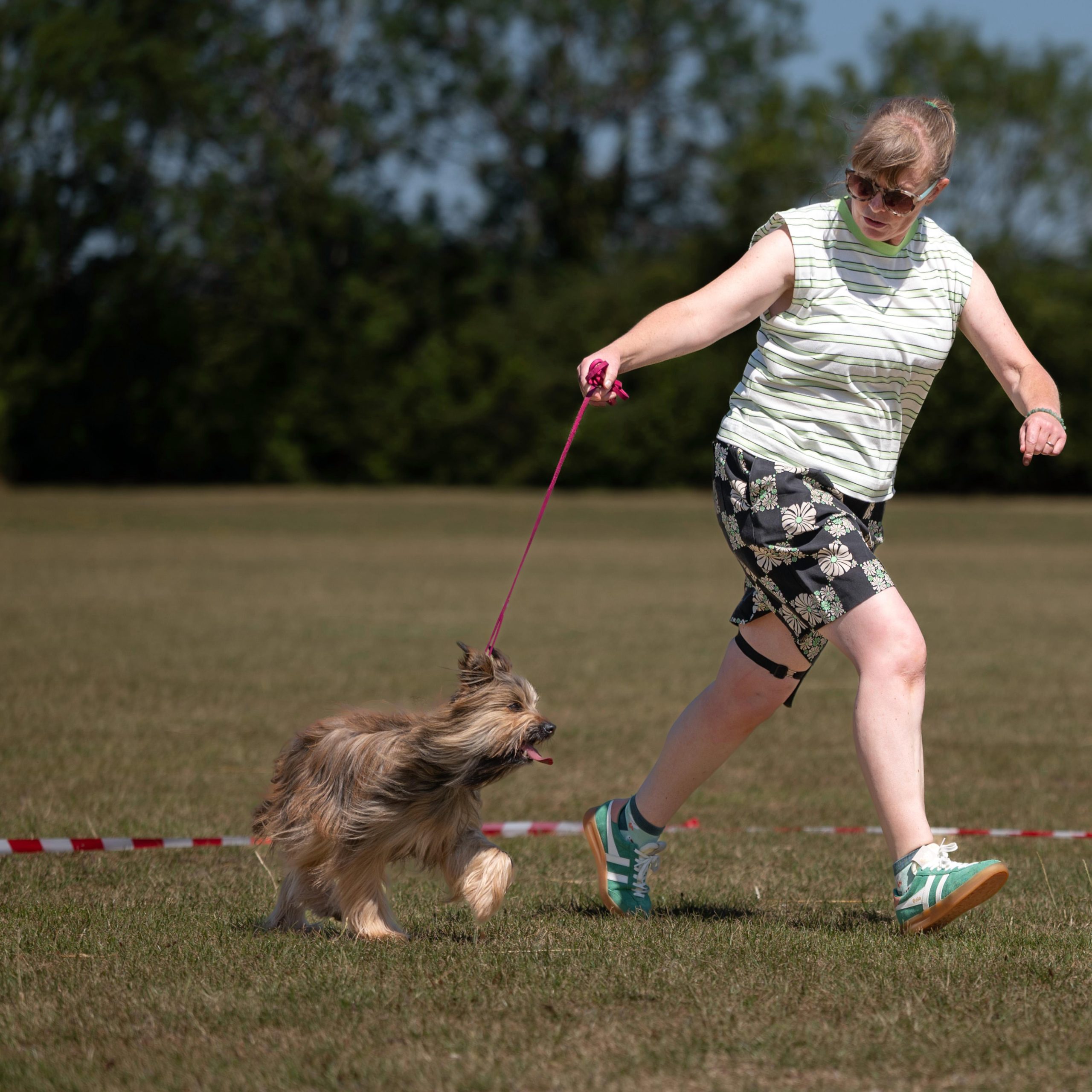
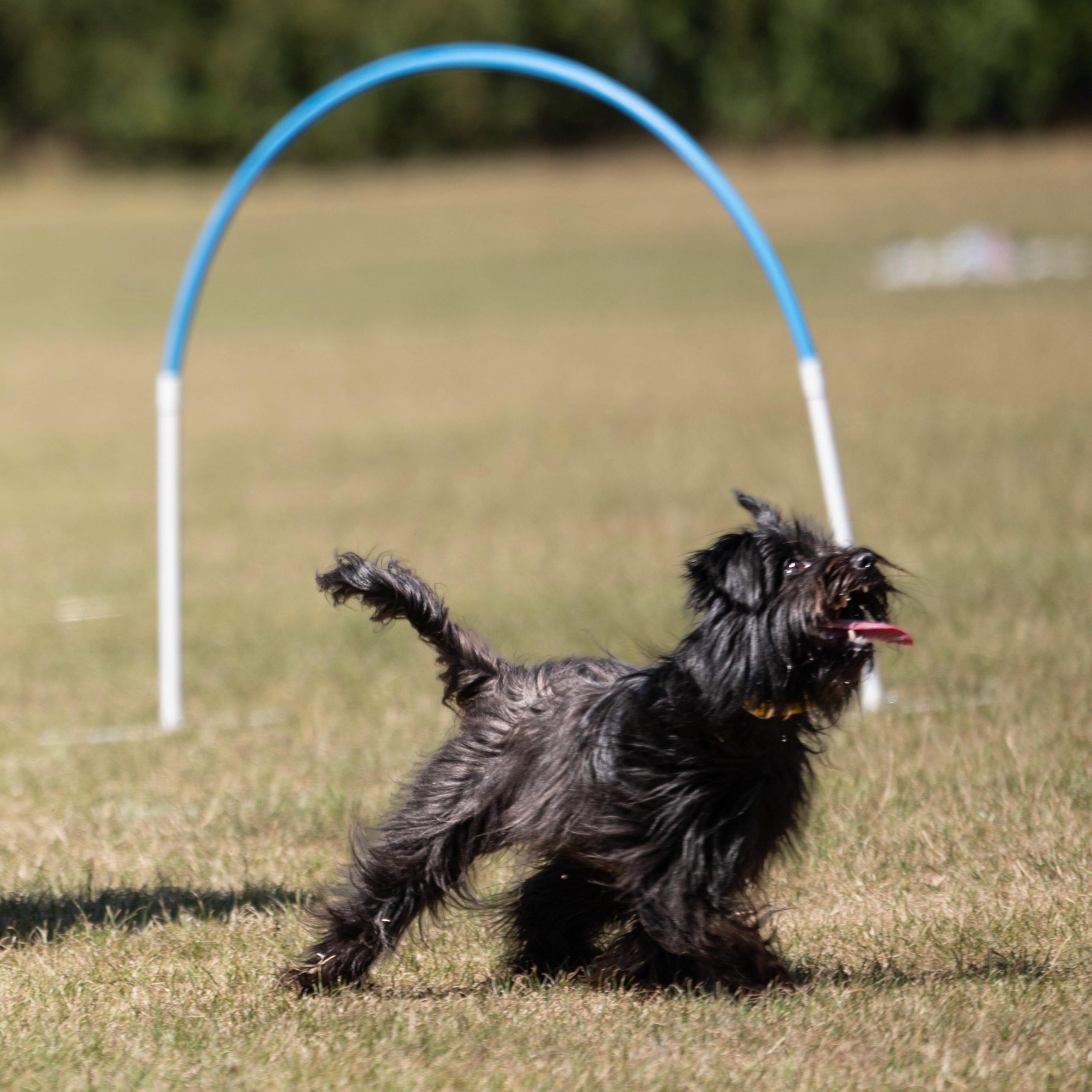
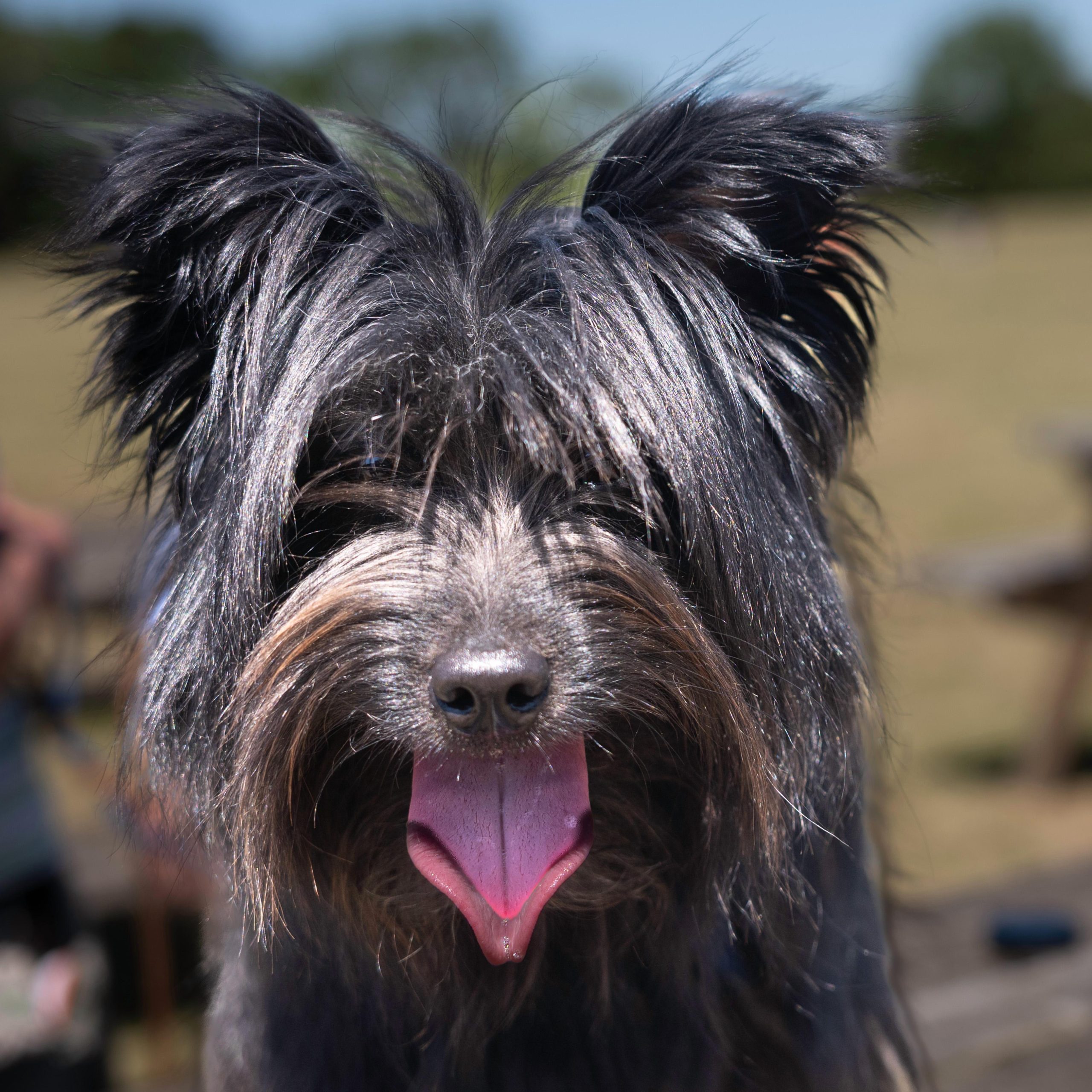
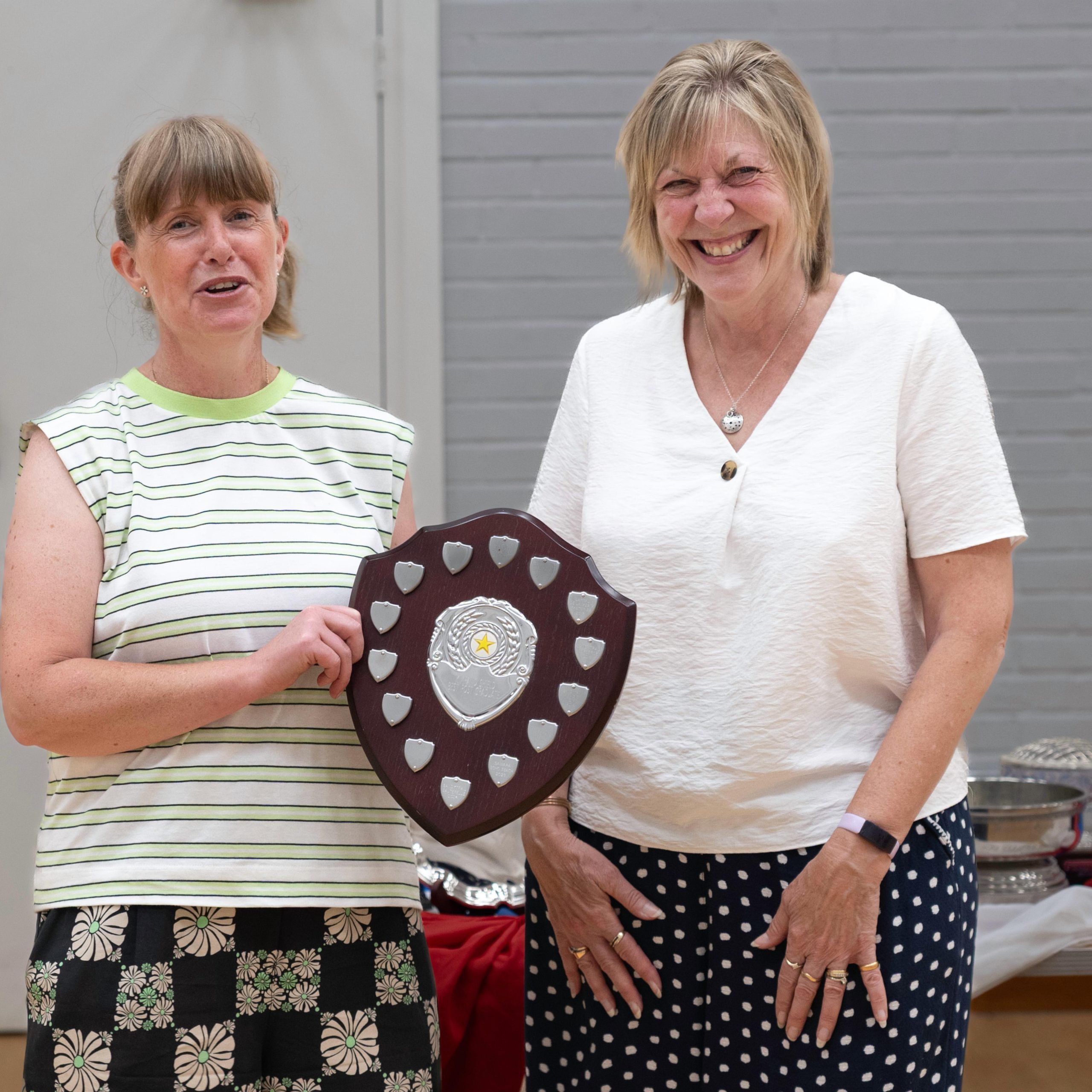
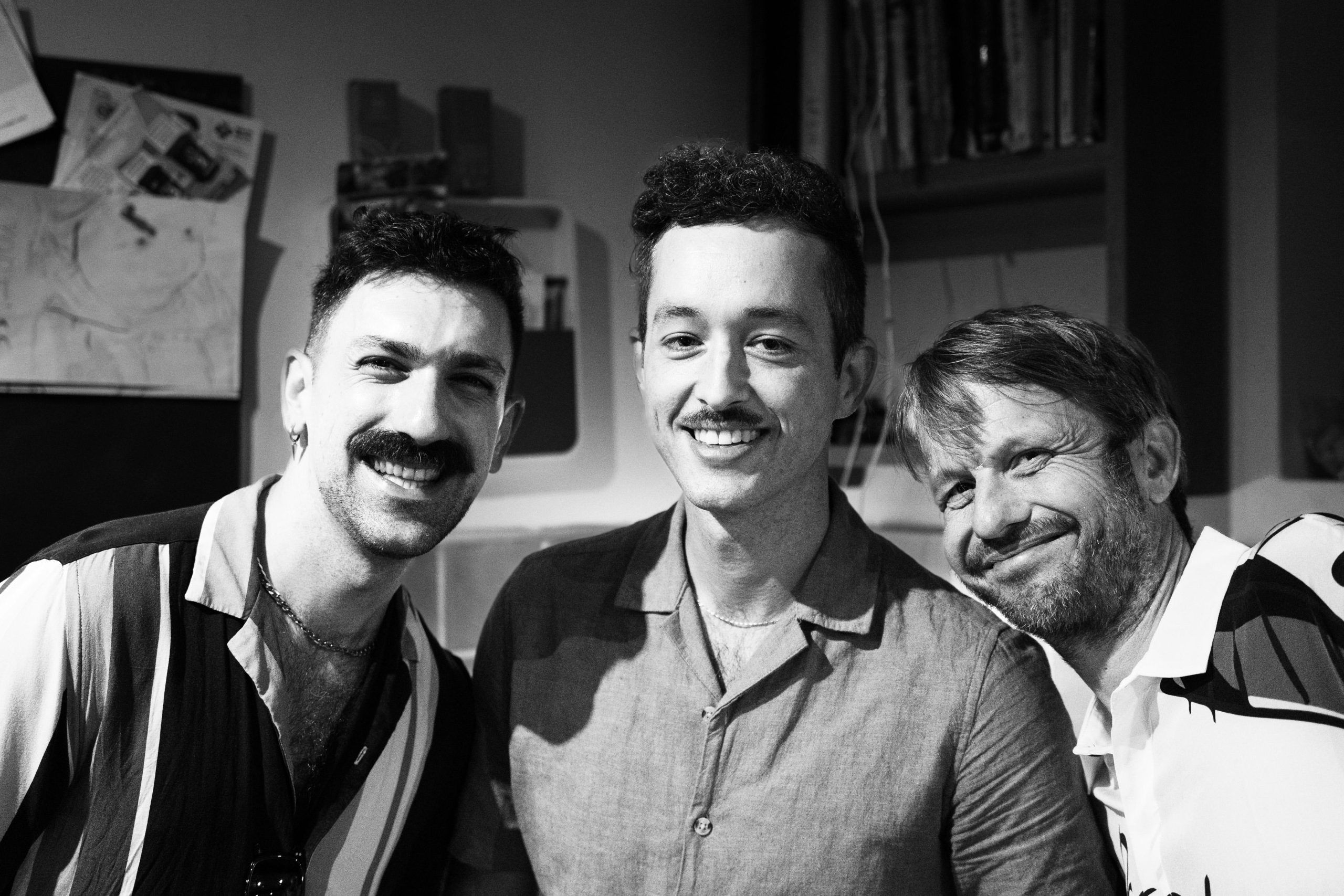
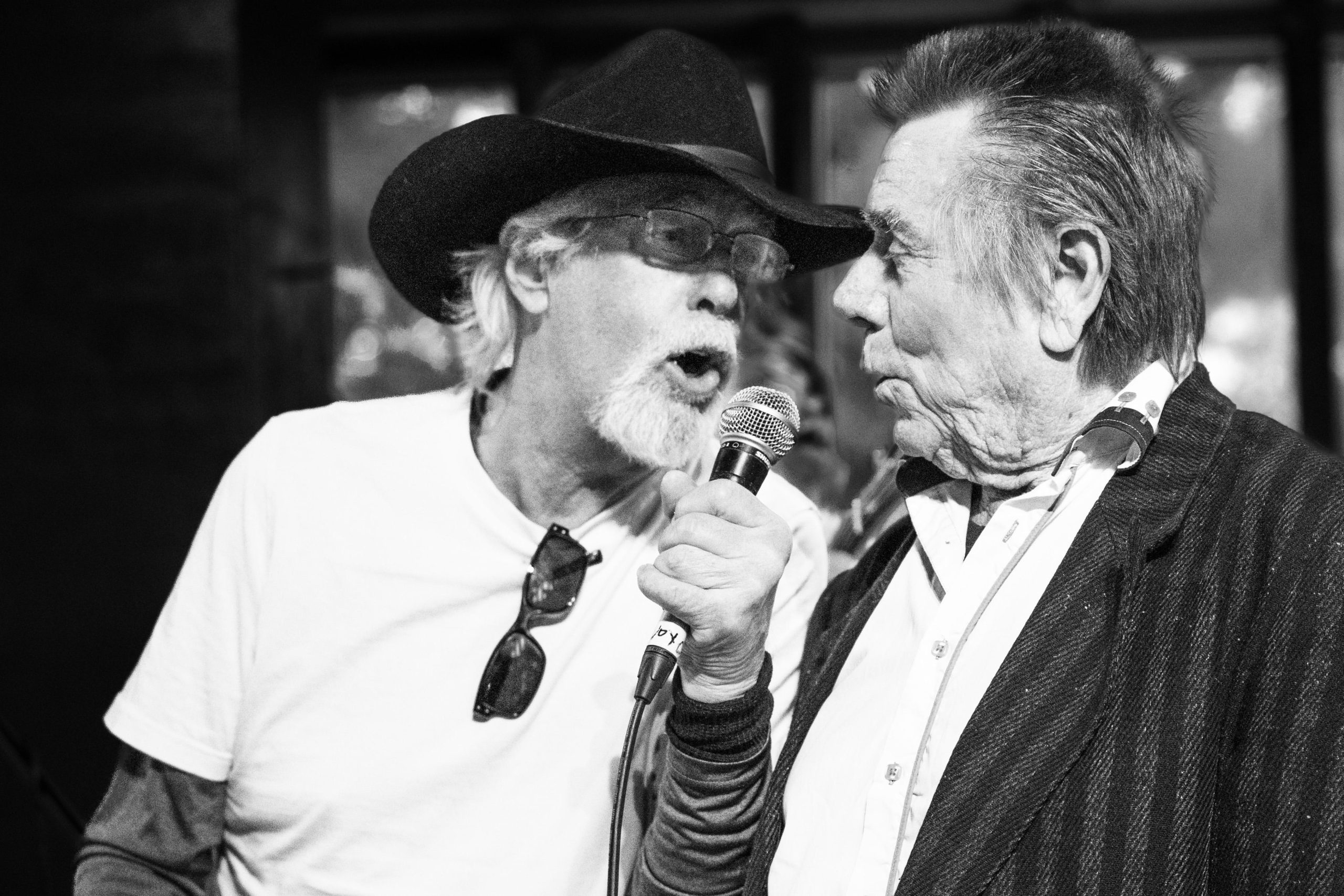
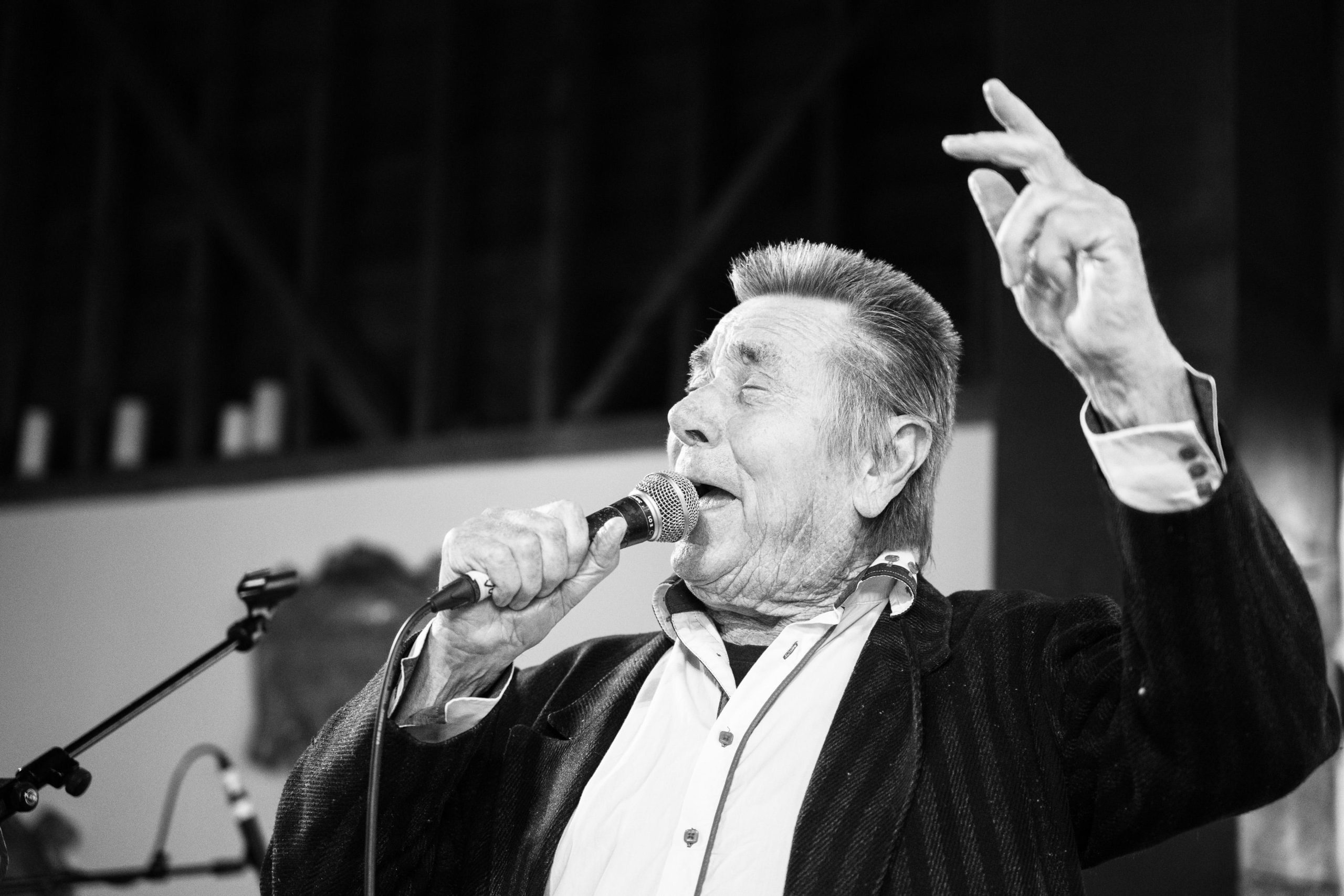
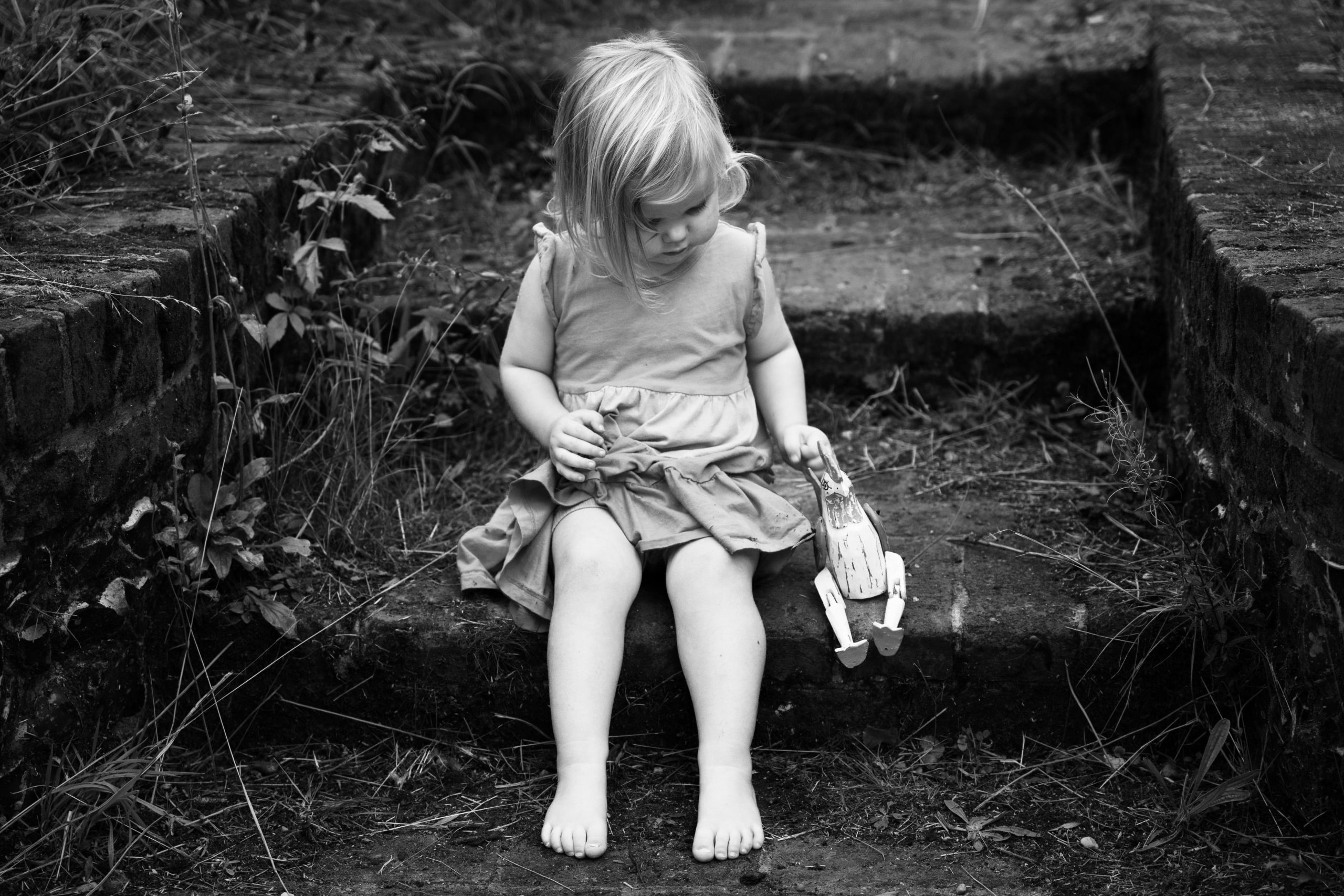
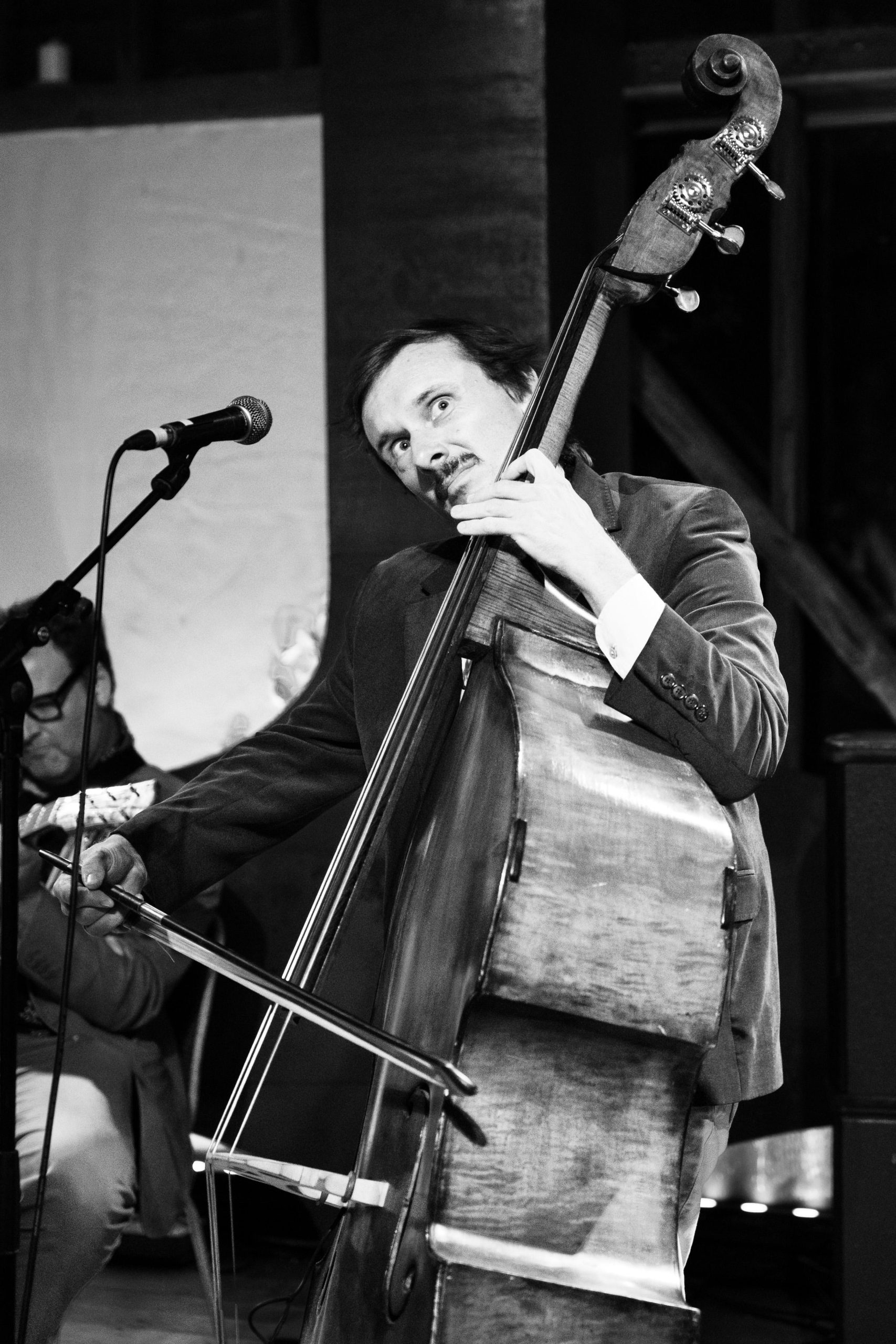
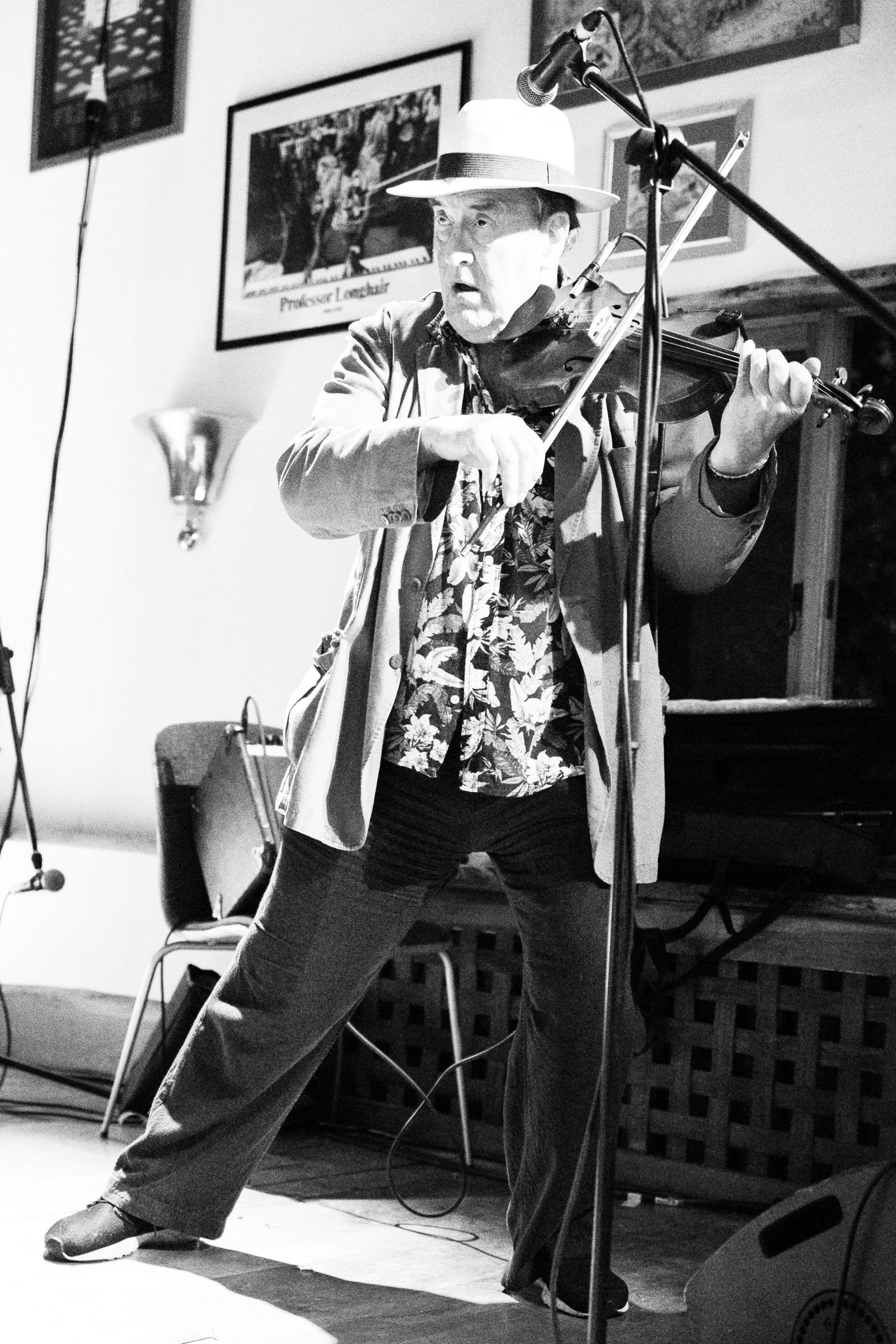
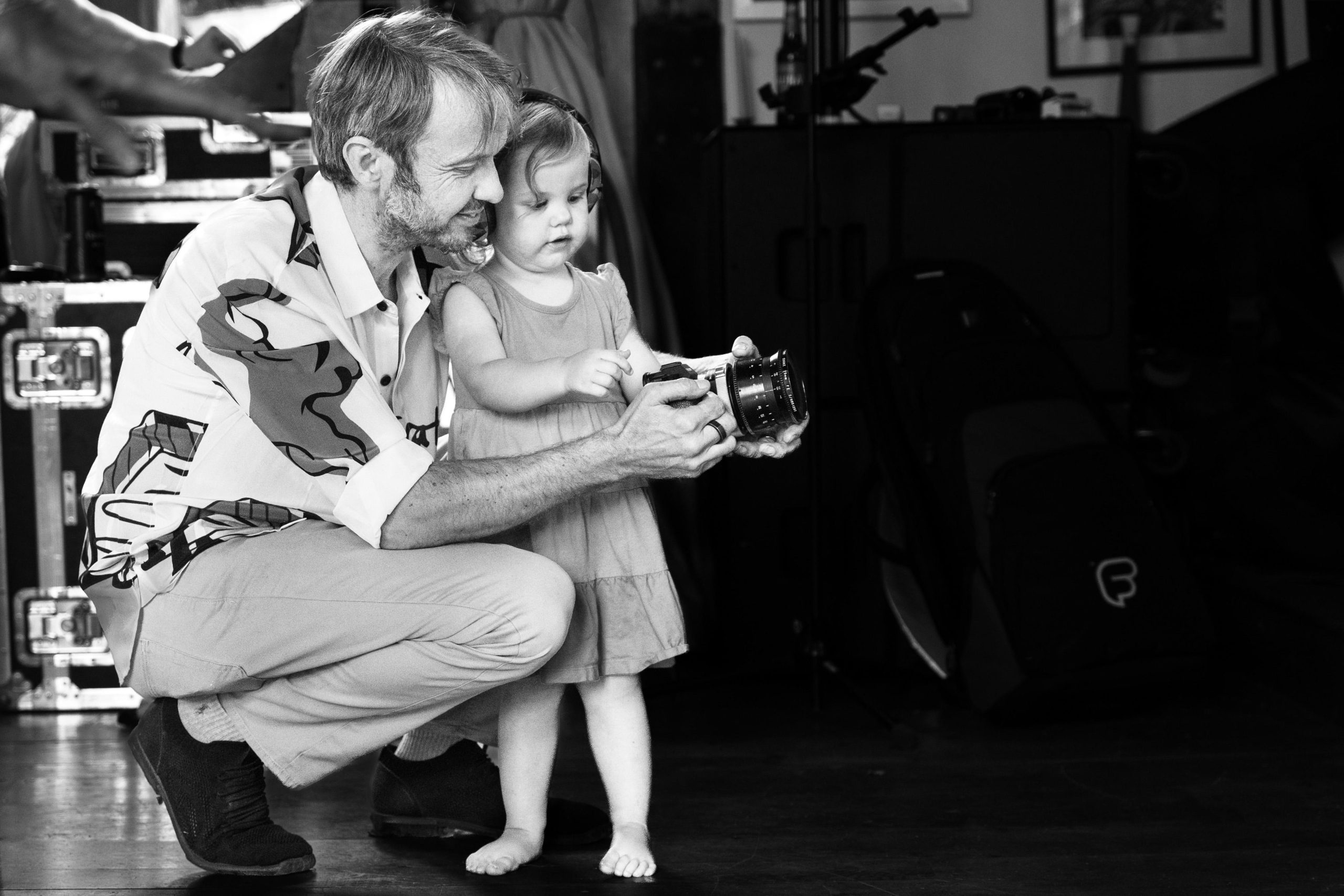
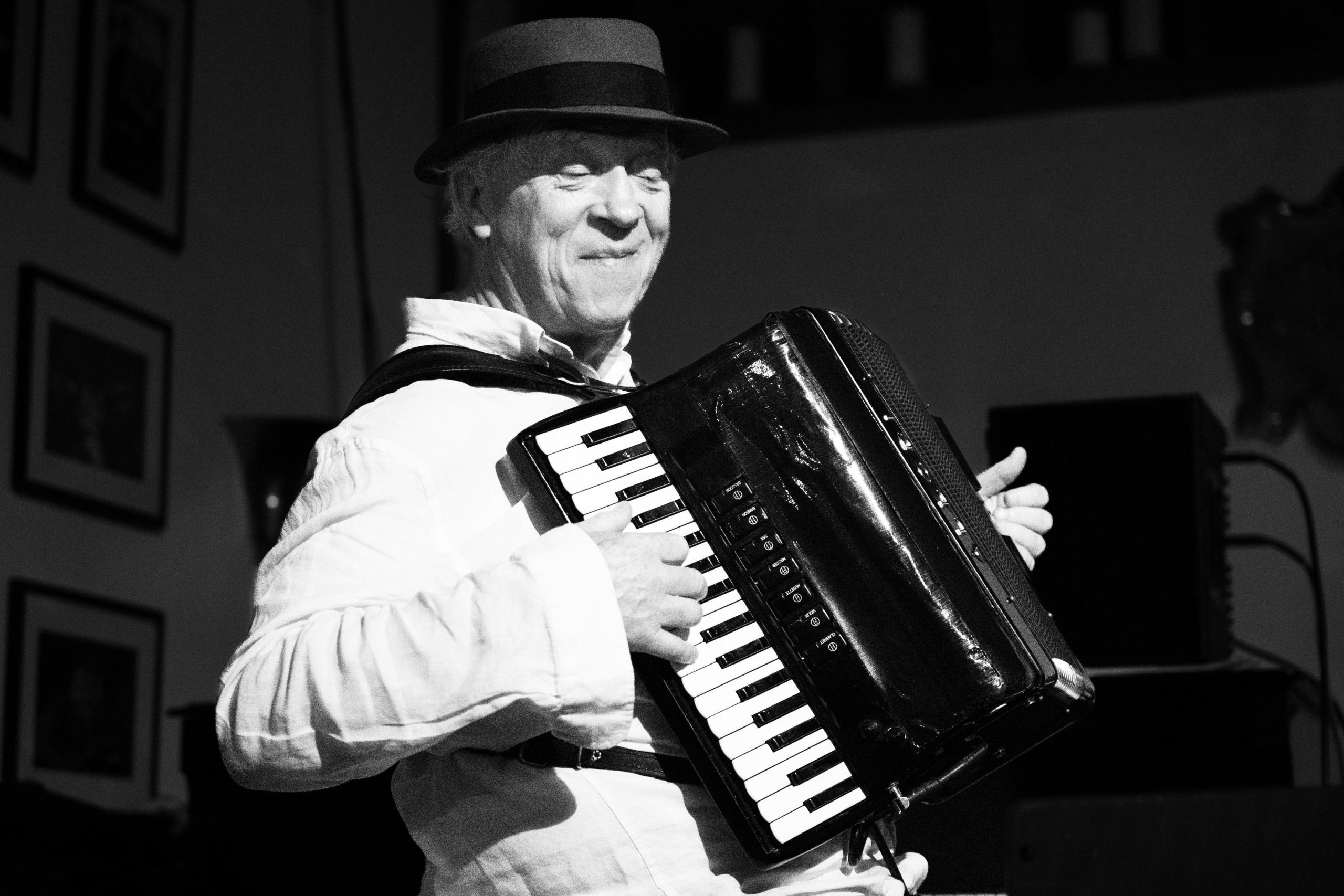
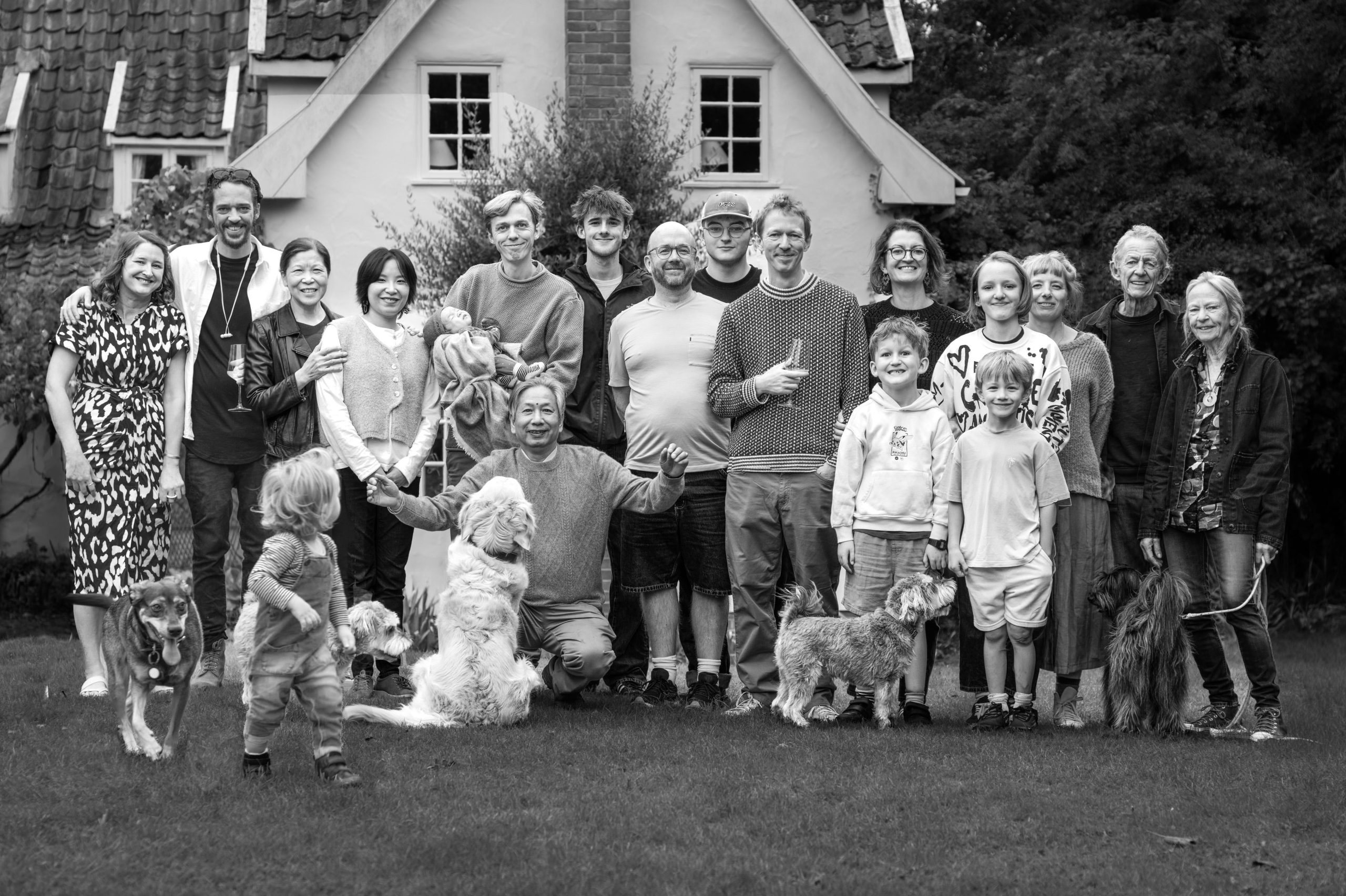
Great work, Jono. You have truly captured many aspects of rural life here. I love that comment about capturing 200 brides at the same wedding. God bless your nerves and your stamina. I met Laura through a drama group and she tells me that they once performed Tom Stoppard’s ‘The Real Inspector Hound’, but she was not in it. I have tried to photograph people acting on stage a few times, but it too is hard work. Often the actor or actress will turn their head away, just as you are about to press the shutter button and there is nothing you can do about it.
Speaking of the Boomtown Rats, Bob Geldof has donated his collection of Live Aid photos to the Irish State and an exhibition of them is on at the moment in the National Library gallery on the other side of the square from our gallery. It includes photos from 40 years ago by the likes of David Bailey and many others. Geldof came over for the launch in his native city. There were rumours that he might run for President of Ireland, but he changed his mind, thank God!
My favourite is the photograph at the end of various families with children and dogs and Emma and yourself on the right. There is something about that photo that speaks of all of the good things in life.
As for the equipment, everything ‘sings’ in your hands.
William
Thank you William
The 200 brides shoot is much easier than it was 10 years ago, but it still requires a long stretch of concentration (and post processing as well). The drama group is in Walberswick, and has a pretty high standard, especially with the sets, I guess again it’s a case of taking a lot of pictures to get the right ones (and then being ruthless curating later). I didn’t know ‘The Real Inspector Hound’, but it’s a great play (and pretty funny too).
Al Dunn was hard to take a bad picture of – that interesting face and he was a real showman – I heard about the possibility of Geldof standing for President -as you say, perhaps not perfect!
The family shot at the end is a slight curve-ball, but I always like doing group shots – having despised them in younger days. This one was complicated – not least as the. young lady charging around with her face away is not to appear on the internet (and her parents wishes are respected). In one sense it’s a pity in that, at 15 months she is a total force of nature, and there are some lovely photos showing it!.
All the best
Jono
As my colleagues Jon Cheffings and Keith James will confirm, the problem of child shots is increasingly a problem. We have had one excellent article on the stocks for ages. It covers a a juvenile dance class — all very nice and photography orientated. Some excellent shots from a Leica camera.
But we asked the author to get permission from the parents of all the children portrayed in the images. Predictably, this proved to be undeliverable and we cannot publish what is really a nice little piece.
While the parents might not have objected (and some welcomed publication) we had no choice but to spike the article. When faced with a yes/no response, caution comes to the fore.
As Jono indicates, even within a family there can be different views.
On a wider front, there is now increasing caution over publishing pictures of any human being. Soon, I expect, we will all be restricted to still life, sans-people architecture and landscapes. Oh, and dogs, so Jono needn’t worry on that score!
It’s an interesting subject Mike – not a bit surprised about ballet classes, in this case her parents do not want her face on the internet at all – so despite both of them being involved in social media you only ever see her rear view in instagram or Facebook. Something to go along with as a grandparent, although I guess it’s going to be difficult as she gets older!
best
You certainly have a busy schedule! And wonderful photos from them. The picture, “Wild Tractor Lady” at the beginning was a perfect lead in. I also loved the expressions on the faces of people you captured in: ‘the oldies’, Johnny Johnson, Al Dunn, ‘Dancing’ . . . you certainly got the perfect moment.
Your lighting issues reminded me of a time I photographed a catwalk (that is, I volunteered, to get out of actually walking). I used a Nikon 5300 and I had the advantage of going backstage. All was fun and free food, until I got home and looked at the raws. Every single photo was so badly corrupted by noise that none were useable.
It’s been a long road from that Nikon to your Leica SL’s!
Hi Kathy
That’s a lovely story. I recognise so well the sinking feeling when you realise that you’ve blown something you can’t do again – horrid!
But as you say, it’s been a long road, and the Leica SLs are forgiving from that point of view – being able to use 25,000 ISO with some confidence really frees you up to concentrate on the subject.
It’s been a busy year! thank you for the kind words – makes it worthwhile!
All the best
Jono
One interesting option for ‘unrecoverable’ RAW is AI. Inspired by Bill Royce’s article last year, I tried Topaz AI on a night-time photo taken with the Leica Typ 109. Very mixed results.
After posting yesterday, I thought ‘Let’s try the latest version on my 2019 catwalk photos.’
Simply amazing. As though I had done a professional job the first time around.
Still . . it feels like cheating!
You are an honest woman Kathy – so I’ll be honest too! . . . . I blew the focus on some group shots for a family 70th birthday a few weeks ago . . . . the best shot was not really useable . . Topaz AI face recovery sorted it out brilliantly!.
Topaz AI tools are my core processing tools
Hi Jono, another one of your super competent reviews with great images.
I used to own both the SL2 and SL2-S. I sold the SL2 fairly quickly as I preferred the lower noise and rendering of the SL2-S. However, the SL2 was magnificent if you needed the extra pixels.
I also owned the 24-70 which replaced the heavy 24-90. I found the 24-70 to be an amazing lens and a joy to carry around. The 90-280 was the absolutely best zoom lens I have ever owned. At 90mm it was clearly better than the amazing 24-90.
Due to health issues I replaced my Leica system with the amazing Om System OM-1 MK II. The glass is amazing and tiny. My main lens was the spectacular Panasonic Leica 12-60. However, I have completely sold all camera equipment and am now enjoying freedom and simplicity with the incredible Fujifilm GFX 100R.
I cannot wait to read your review of the upcoming Leica M with the long desired electronic viewfinder.
Also, there is a typo in the article calling the OM System camera an Olympus OM camera.
Blame me for that, Brian. It must have come in during the editing process.
Hi Mike, I thought you might be the suspect but I just like to show you that I actually read things.
Hi There Brian
the GFX sounds like an exciting option! It’s still the interface from Leica which finally clinches it – and I might easily have made the Olympus error in carelessness – nice of Mike to take the blame!
Thank you also for the kind words.
best
Jono